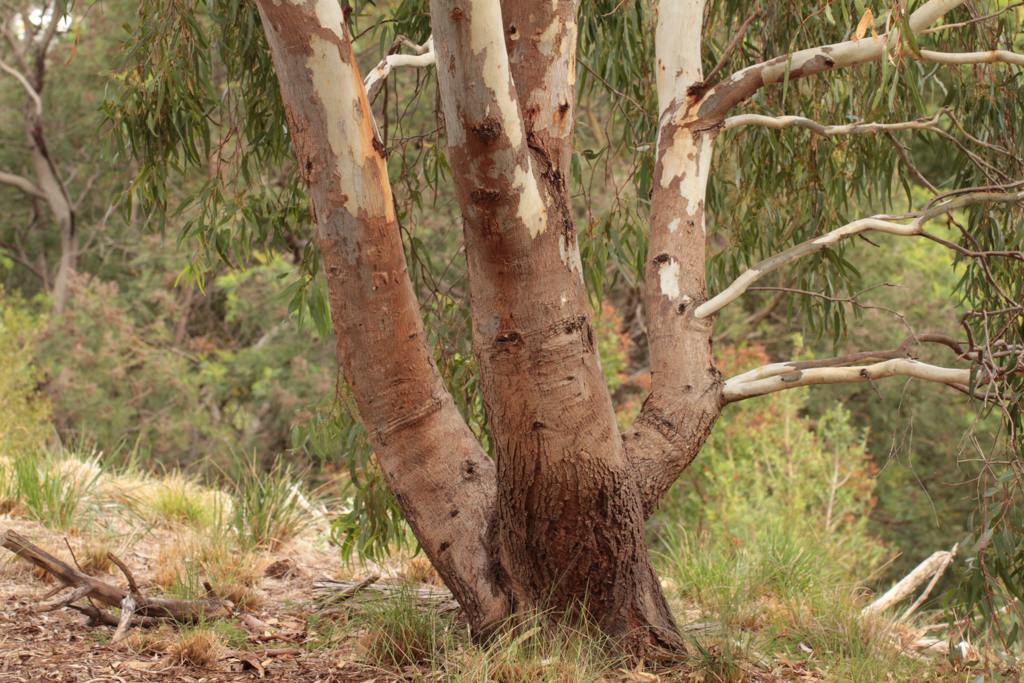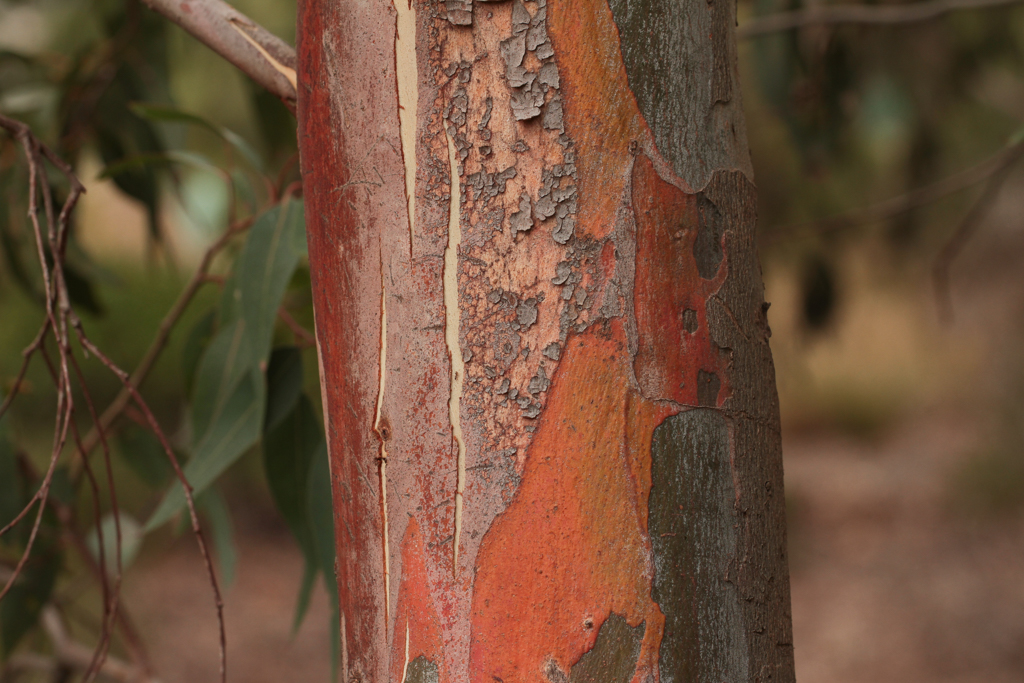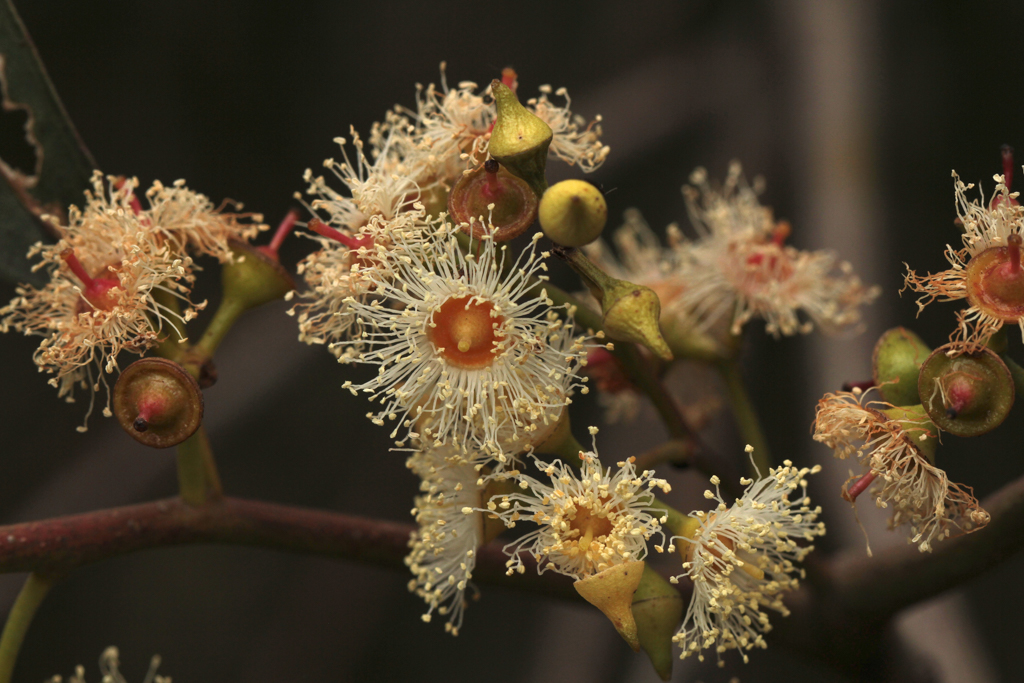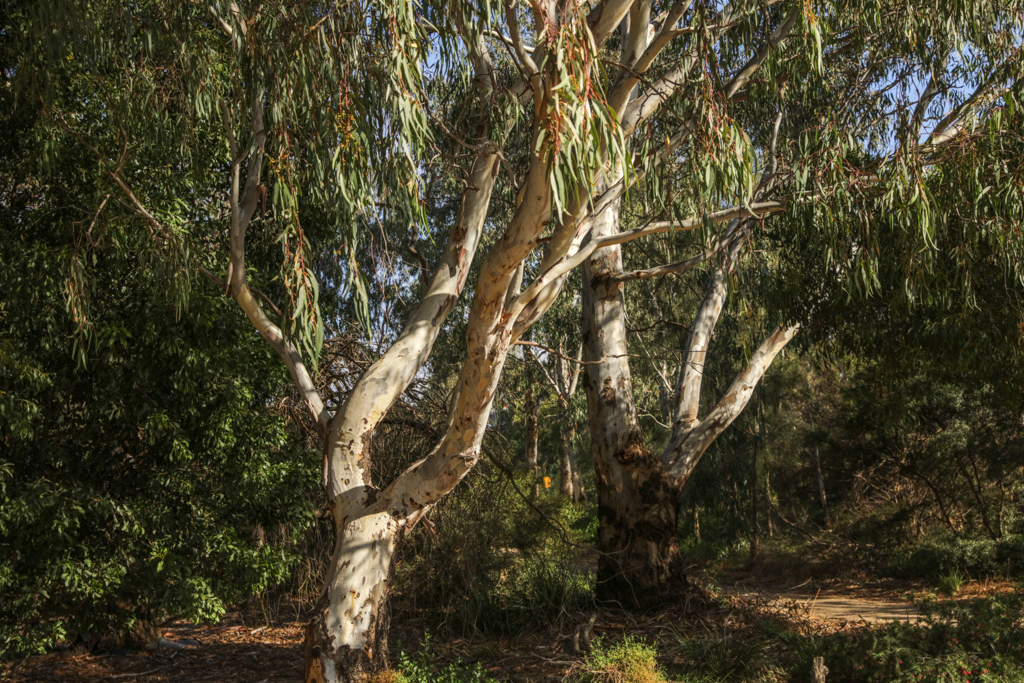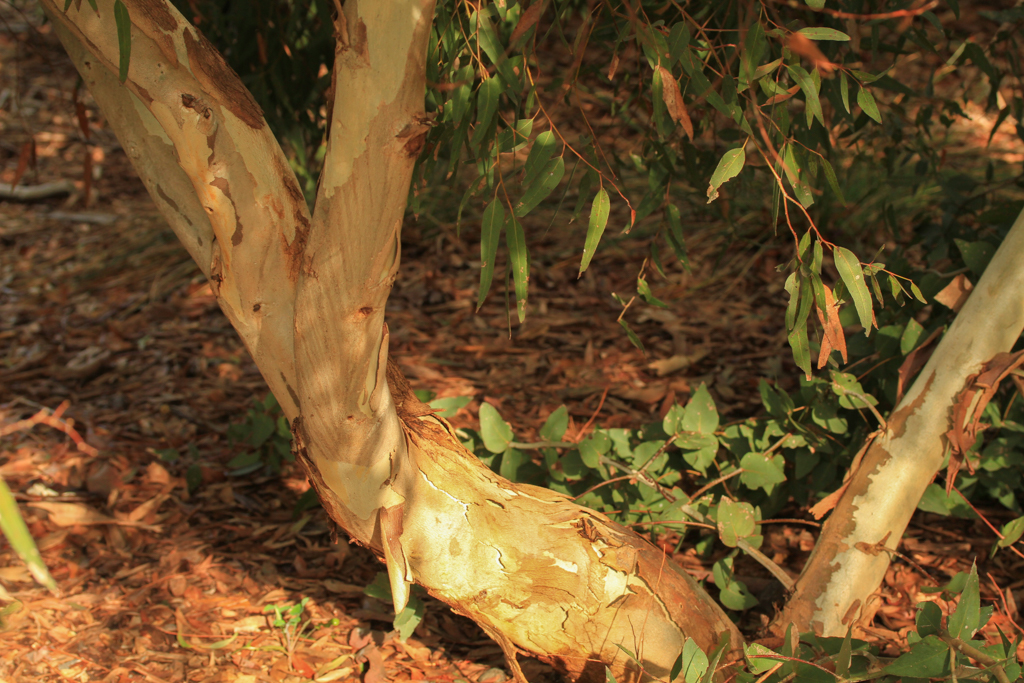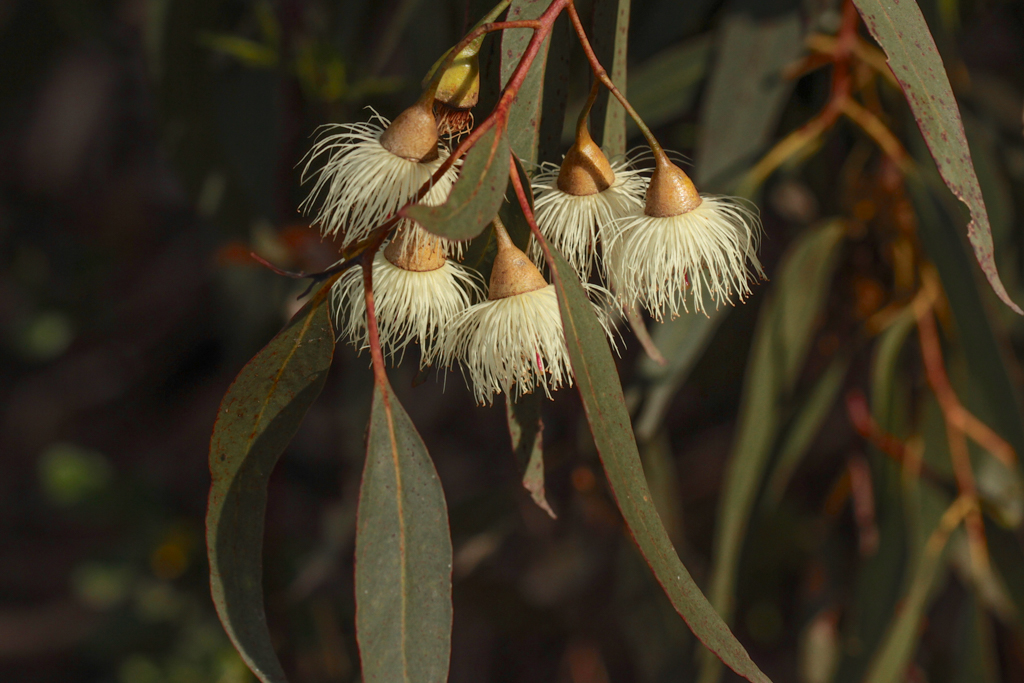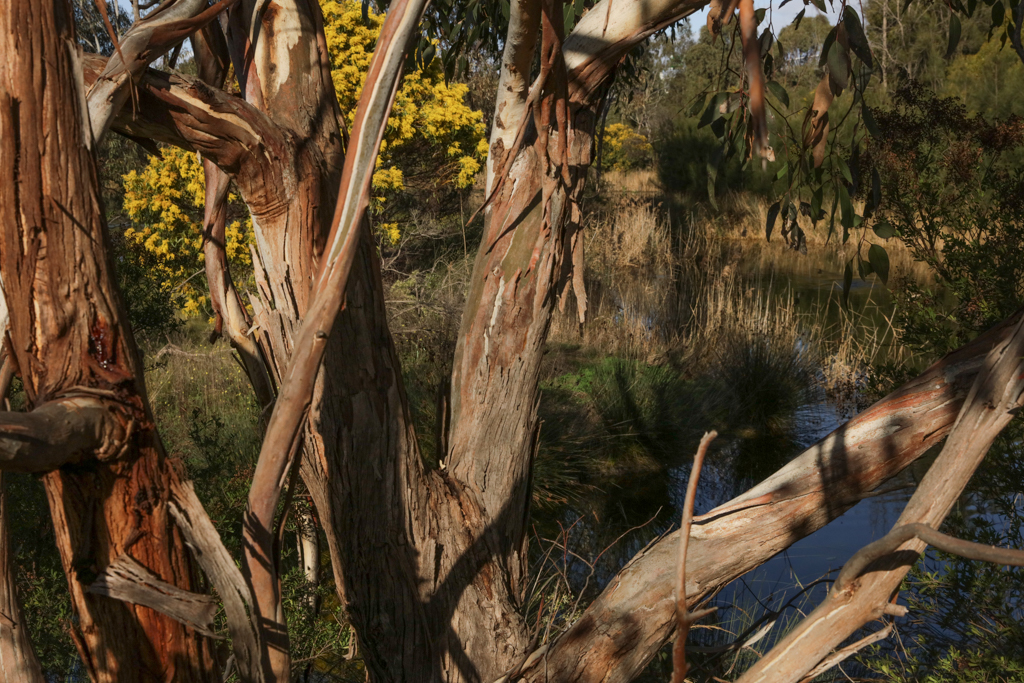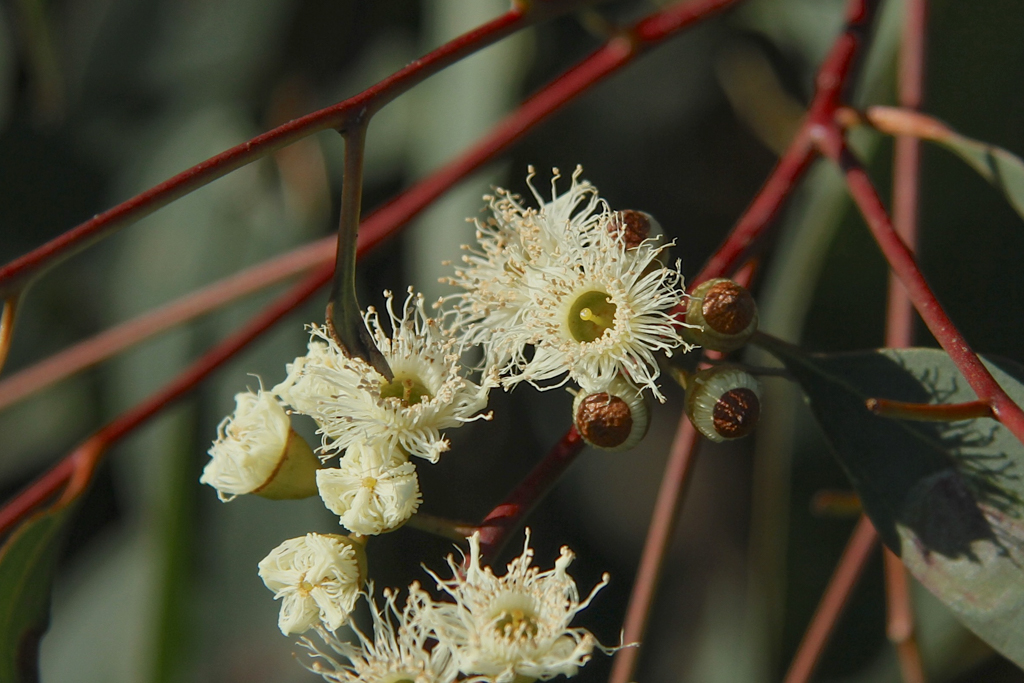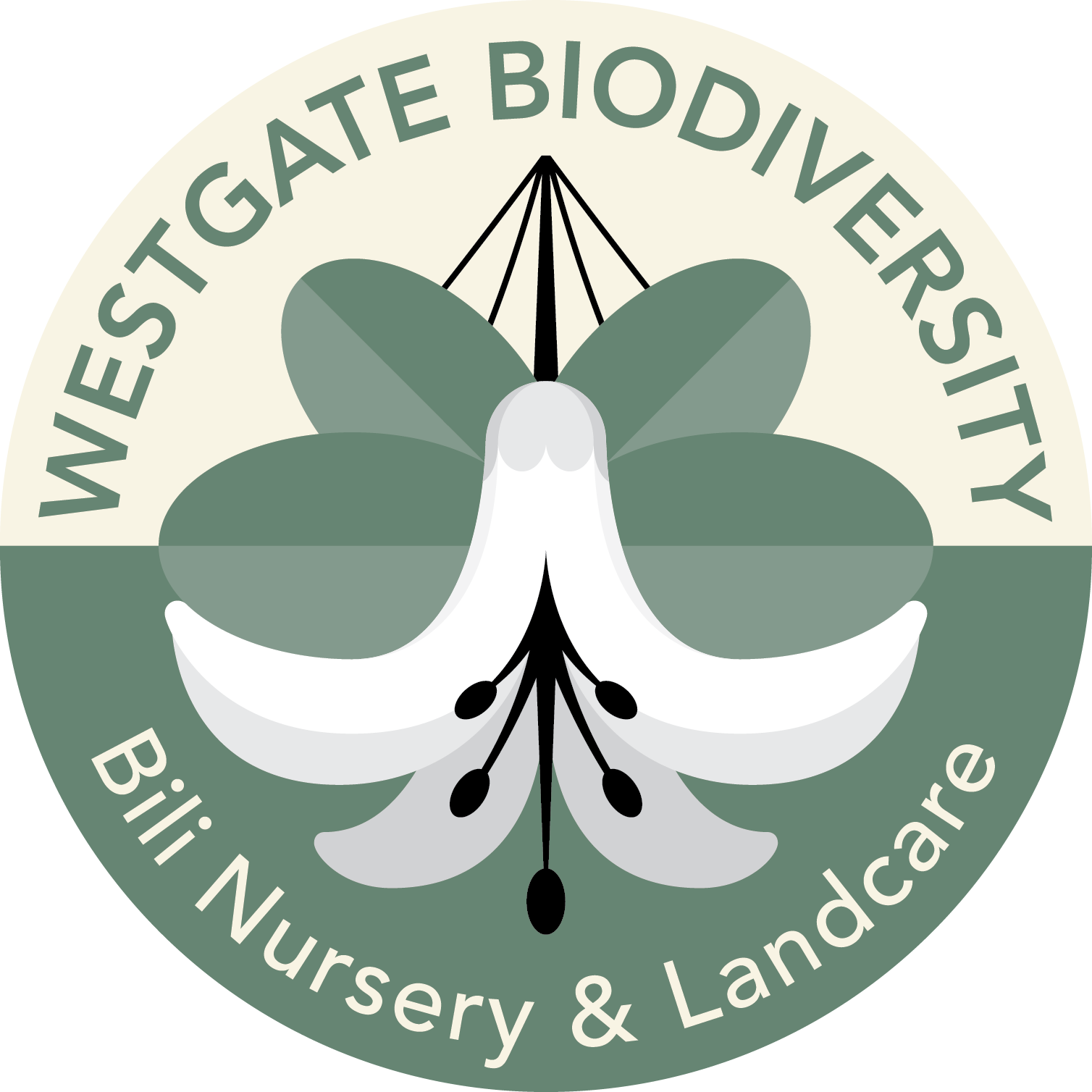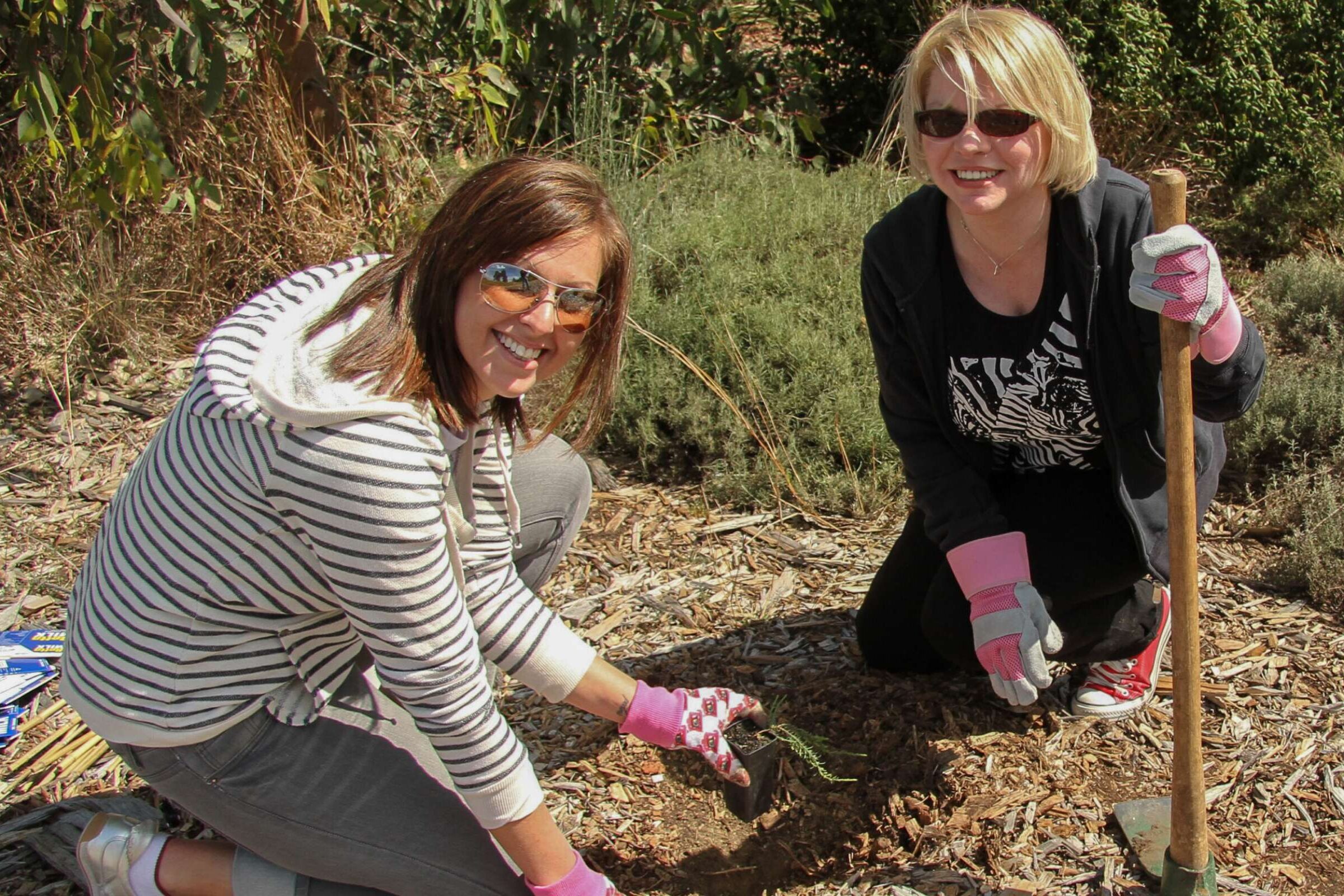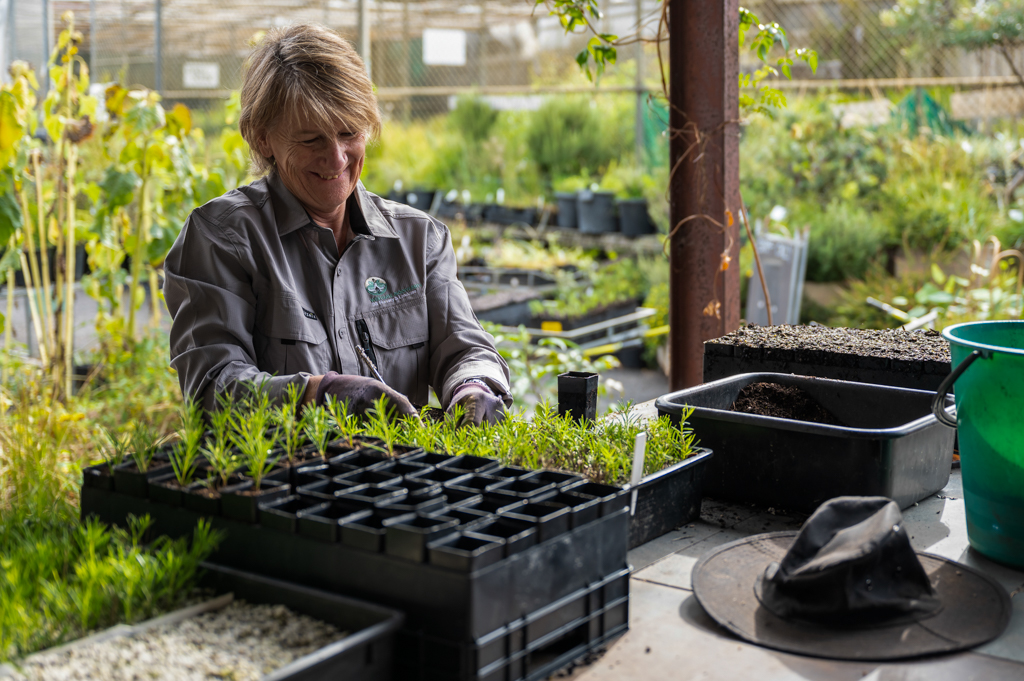Mistletoe
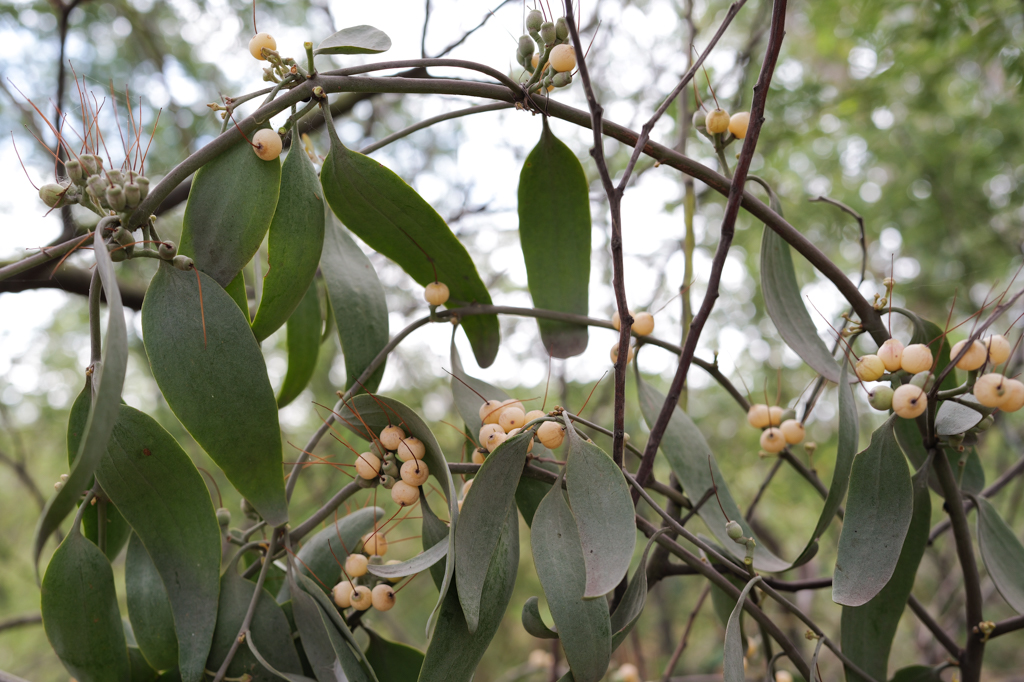
It’s been a joy to watch the two species of mistletoe grow, produce strange and beautiful flowers and now finally the berries have ripened for Amyema quandang var quandang – Grey Mistletoe. We are now waiting for the mistletoe birds!
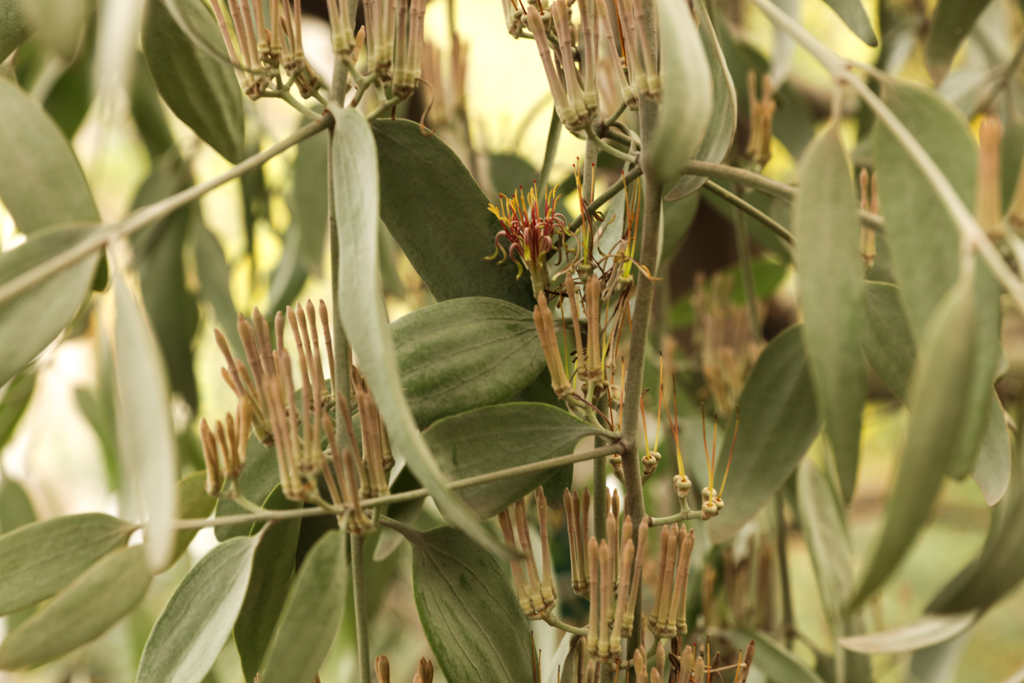
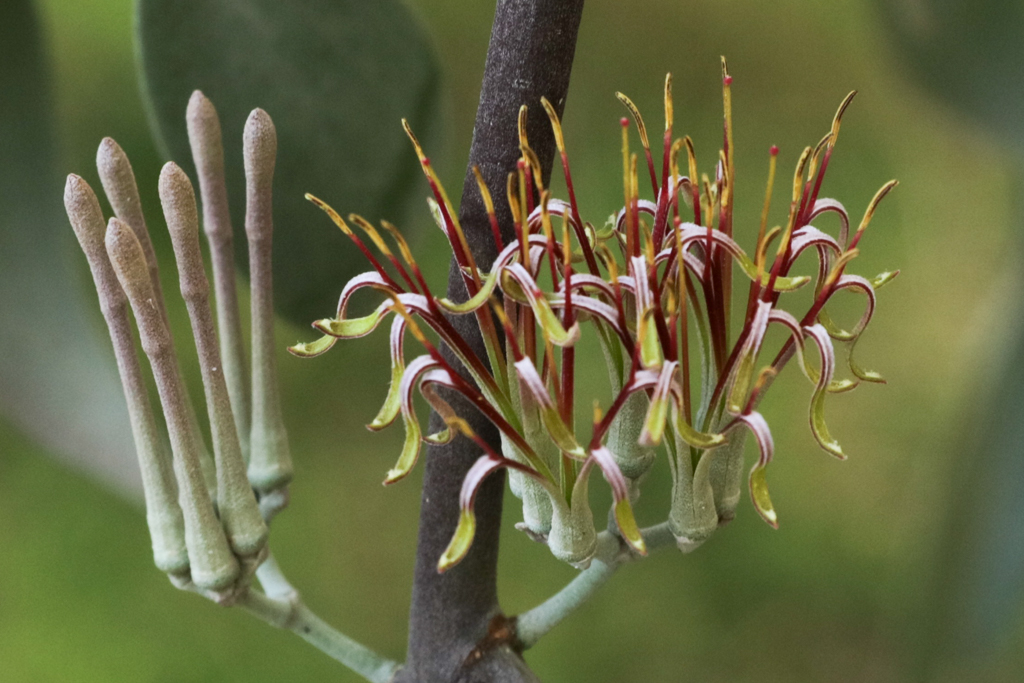
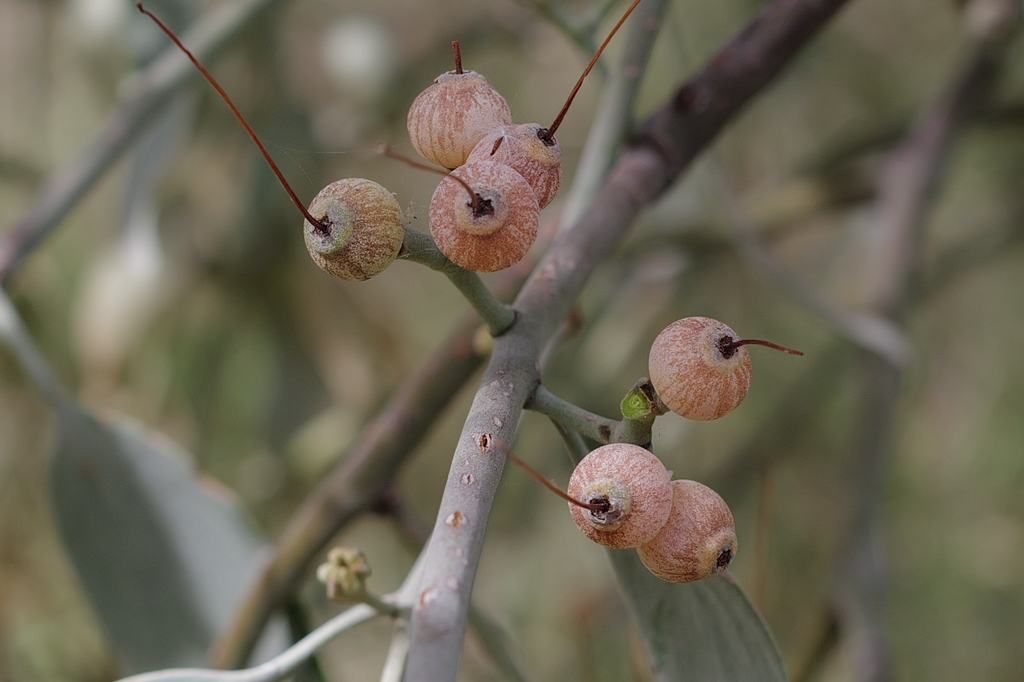
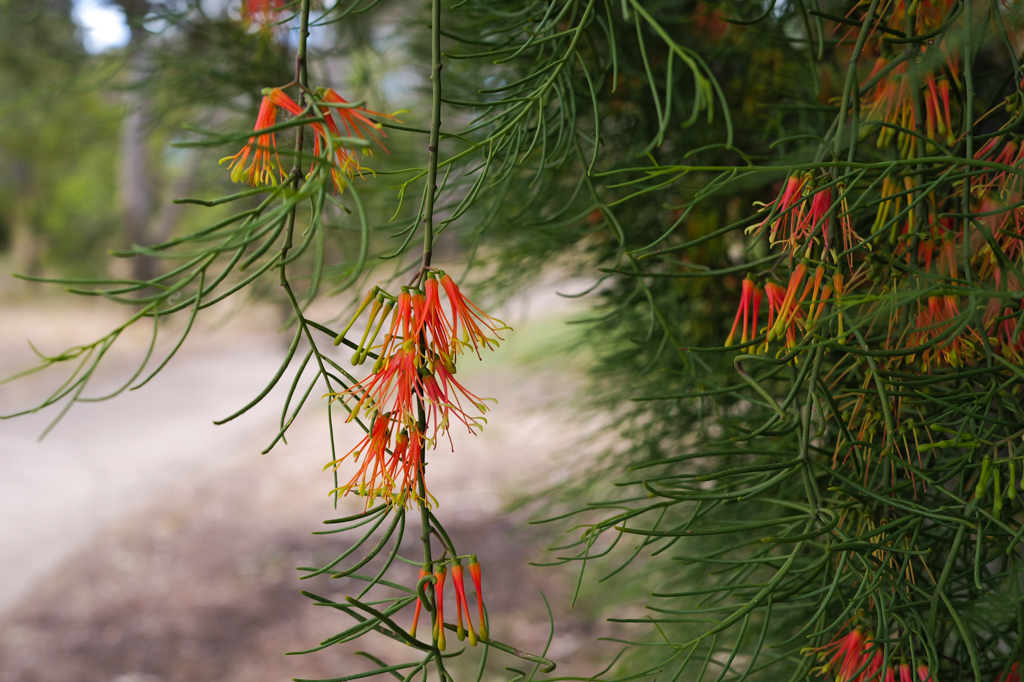
Fires in the Park
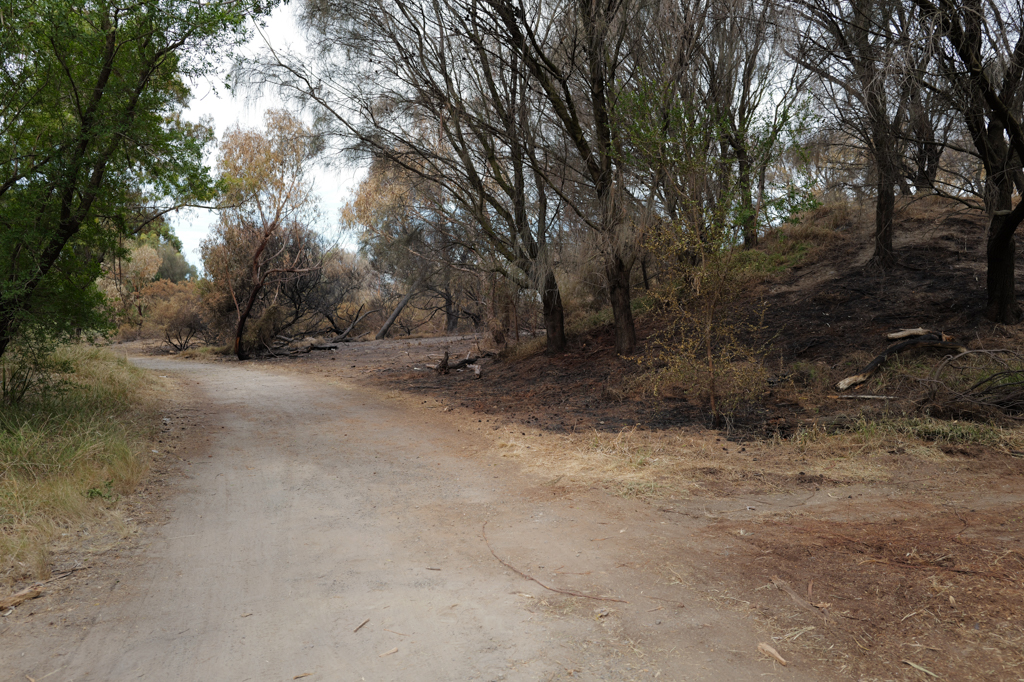
Several small fires and two quite large ones were lit in the last few months. It is likely to be deliberate but we don’t know for sure. Some areas appear to have been very hot burns and others smouldered in peaty soil. The fire brigades were on hand quickly and water bombing was used to extinguish flames.

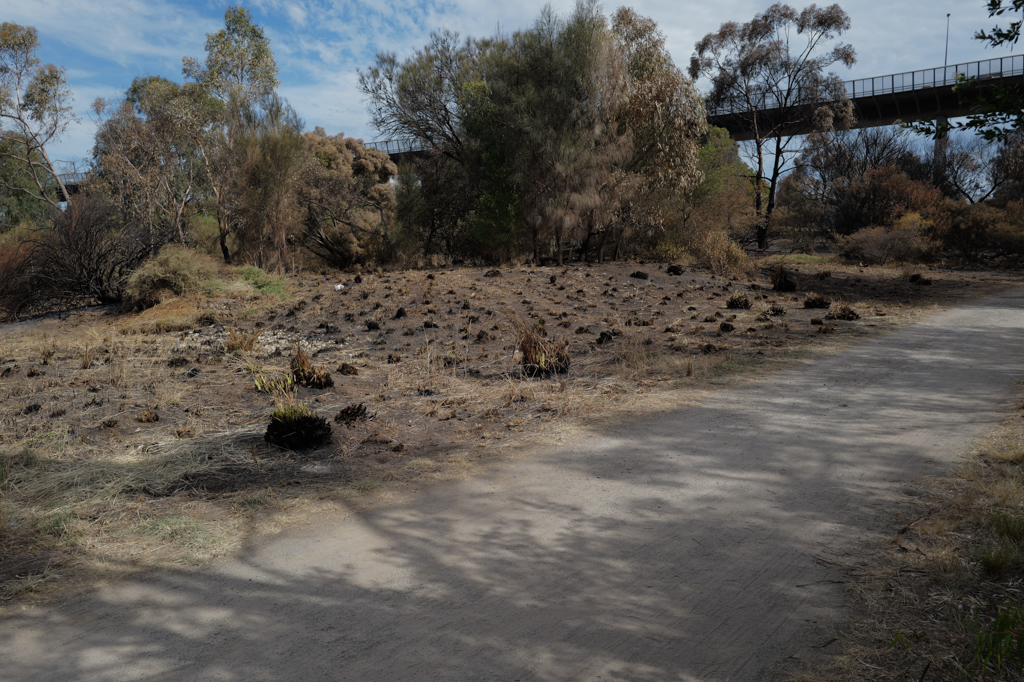

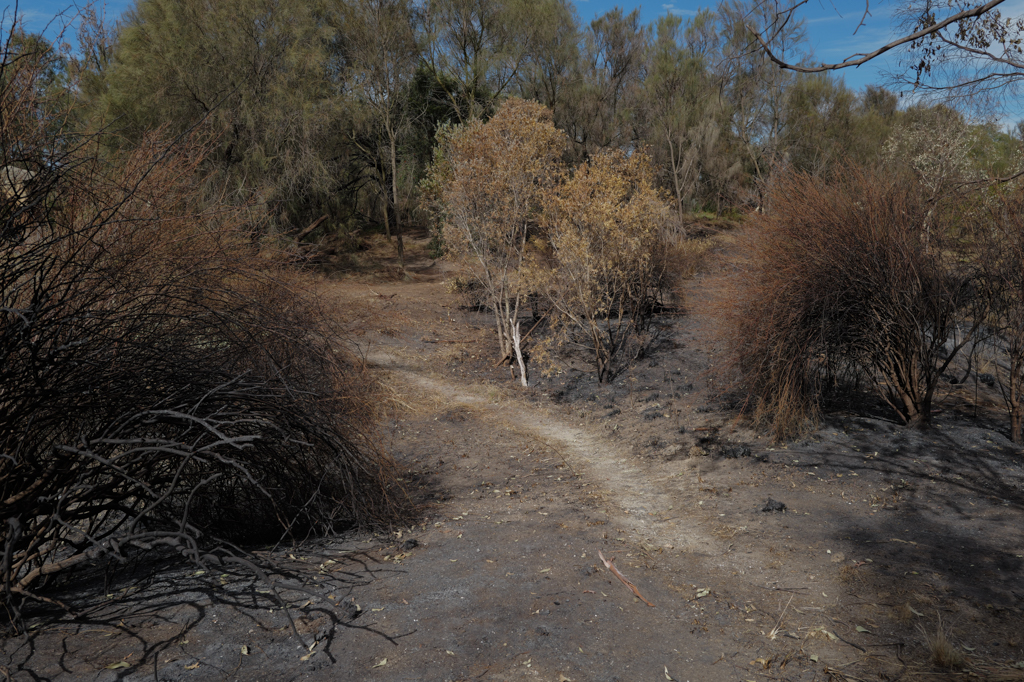
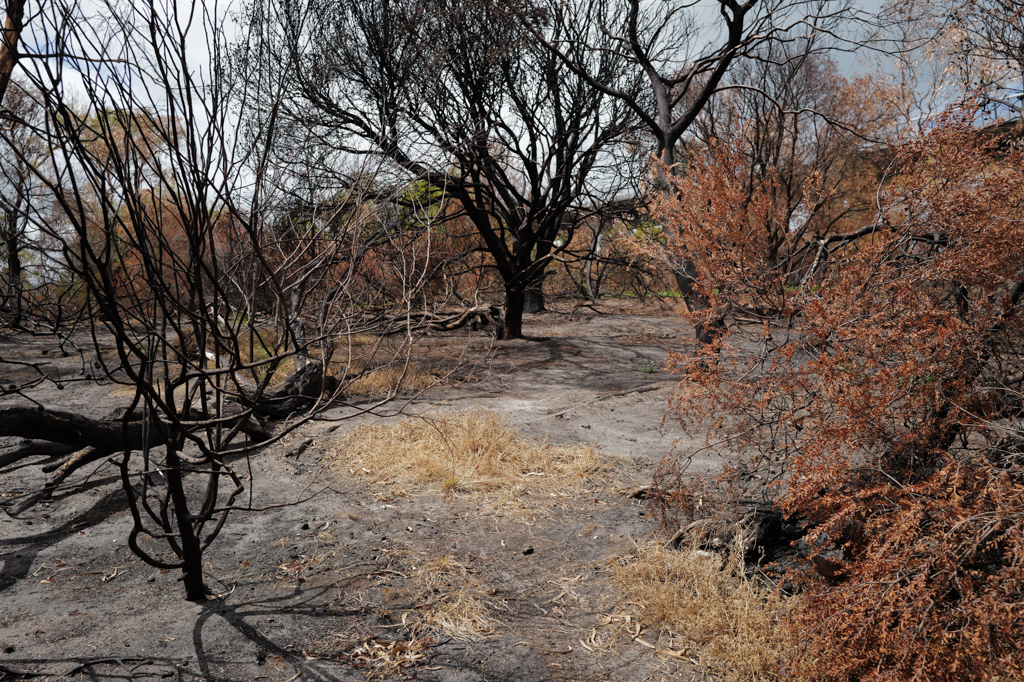
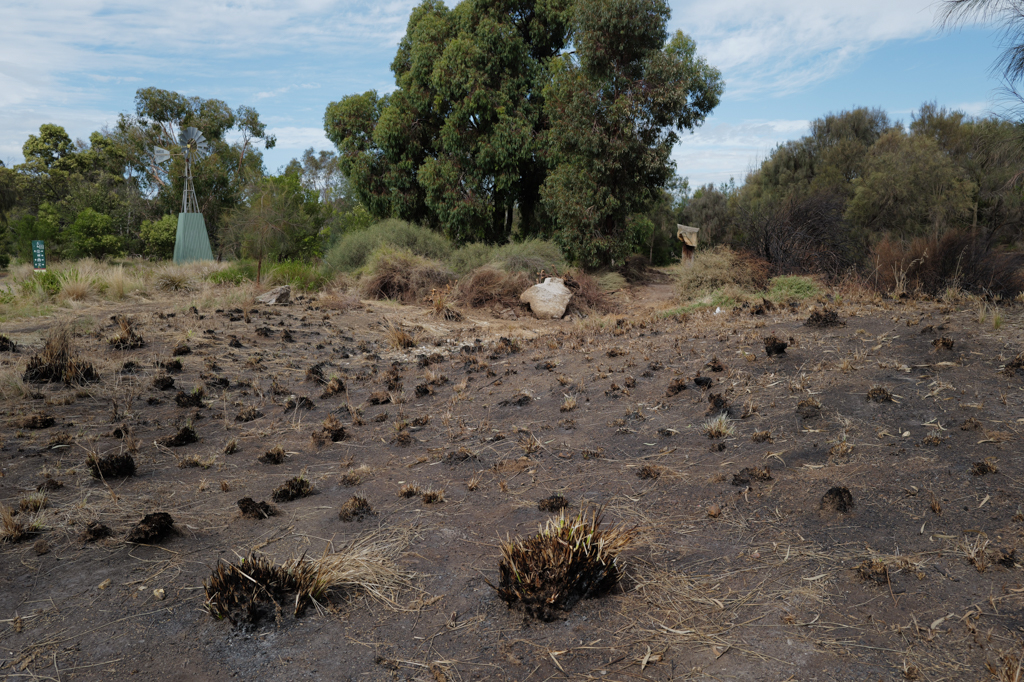
We will watch recovery over time and already some of the sedges are sprouting but there will clearly be the need for more planting. Parks Vic had to scrape some areas and remedial work will be needed.
We will also be keen to see what if any post fire seed germination takes place.

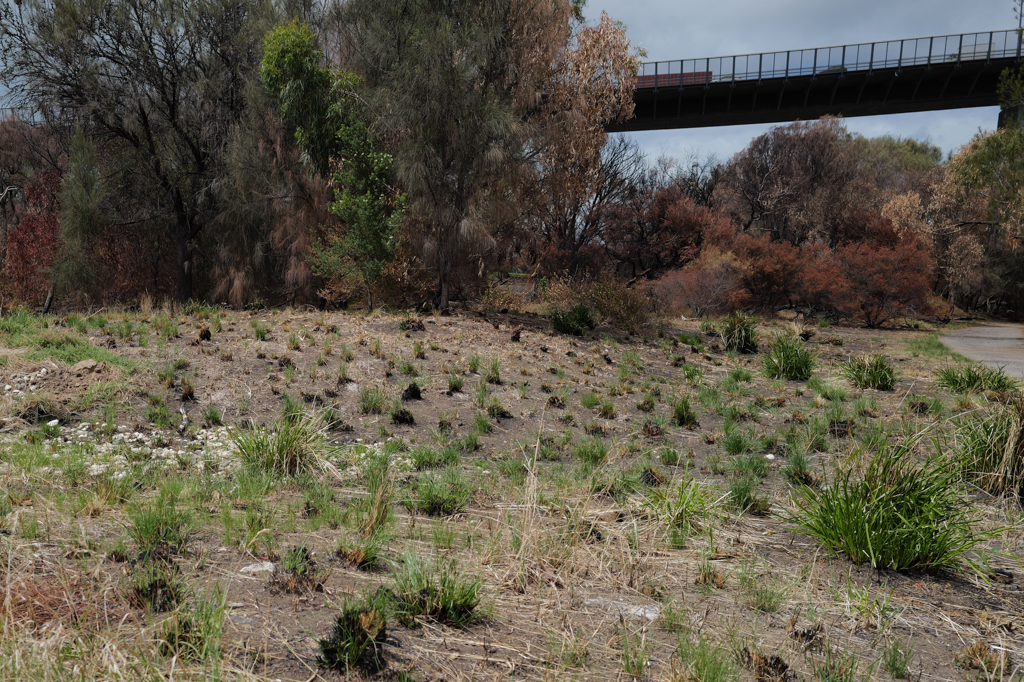
13 Jan bird survey

Evaporation accompanying recent hot weather lowered the levels of both lakes, especially the saline one. Indeed, before the rain on Sunday 12 January, this water body, viewed from the bridge, appeared to be starting to turn pink.
We are very concerned that, during late November and throughout December, vandals lit several fires in the park. Although quickly controlled by Fire Rescue Victoria, these fires caused considerable local damage to habitat and understory vegetation nurtured over the years by our volunteers.
A high number of species were recorded today, but almost all typically occur in the park at this time of the year. The only unusual sighting ‘bird of the day’ was a single Great Crested Grebe on the Yarra River.
Over the past few weeks, the most notable observation was a pair of Buff-banded Rails with one chick. A high number of other species have been breeding and have young at various stages of growth including Dusky Moorhens, Pied Stilts (two breeding pairs), Chestnut Teal, Pied Currawongs, Grey Butcherbirds and Black-faced Cuckoo-shrikes. Two pairs of Hoary-headed Grebes are attempting to construct nests in the large freshwater lake, but so far with little apparent success.
No raptors were recorded today, nor during the six weeks following the December survey.
24 Dec bird survey

This survey did not obtain the high number of species compared to recent counts, however it was still very satisfactory. Water levels have risen due to recent rain, for example the Saltwater Lake level was 0.75 m on 4 Nov – now it is 0.79 m. The Freshwater Lake level was not recorded.
Rarely seen species continue to visit the park including the single Great Crested Grebe seen today and on 18 November. Other notable sightings include a Pink-eared Duck, Eastern Spinebill, Sacred Kingfisher seen recently and a Buff-banded Rail in earlier in November.
Saltmarsh
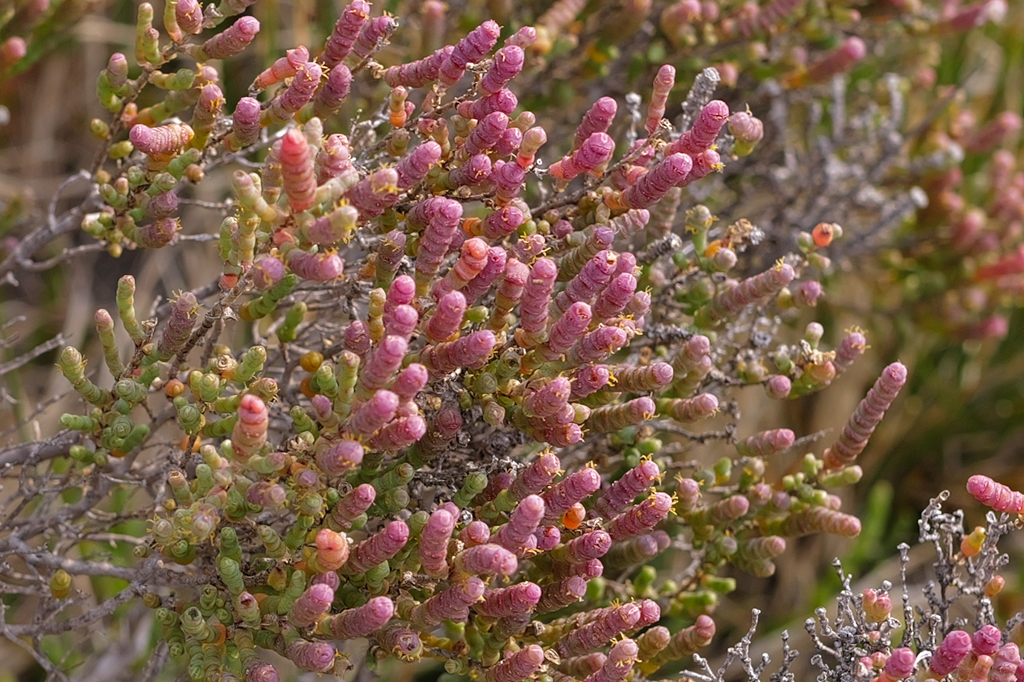
The saltwater lake was once a deep sand quarry and is possibly connected to the sea at Port Melbourne, less than a kilometer away. The indigenous plants that surround the lake are succulents, grasses and sedges – all salt tolerant and surviving in ground that in some places is hyper saline. These plants grow slowly and are easily damaged so please avoid trampling them.
About 30% of saltmarsh along the Victorian coastline has been permanently cleared for development so we are fortunate to have saltmarsh plants at our doorstep. This area was once habitat for the highly endangered Orange Bellied Parrot which feeds almost exclusively on the seeds of saltmarsh plants. It migrates in winter from Tasmania to Victoria but we have yet to see one!
Other interesting birds birds come and sometimes nest on the lake edges. We have seen many Dotterels, Swans, ducks and Black-winged Stilts on the salt lake.
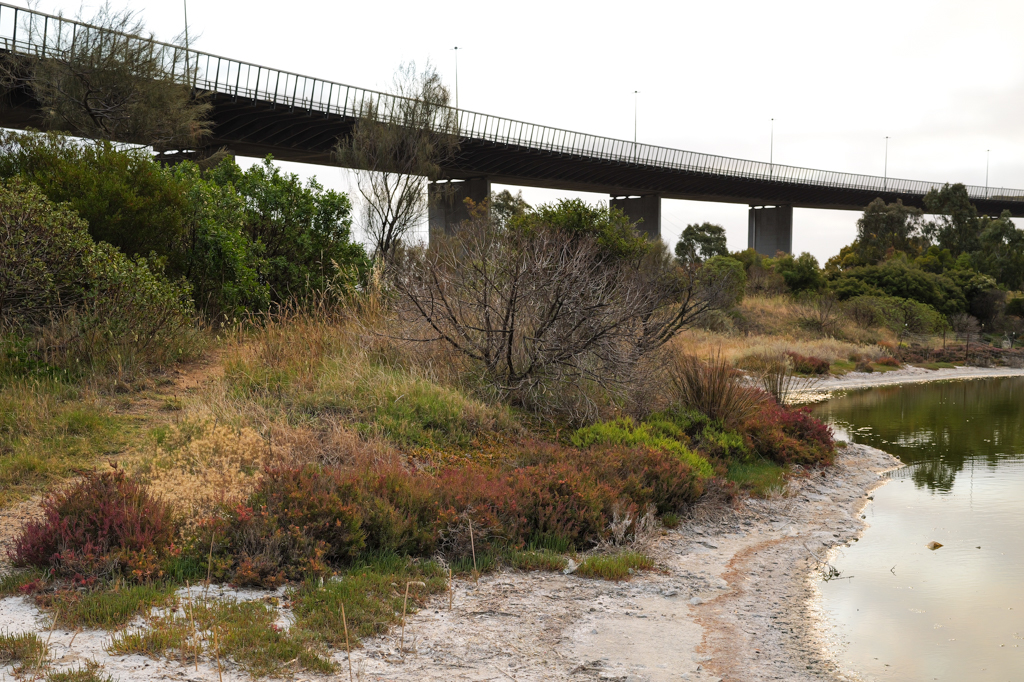
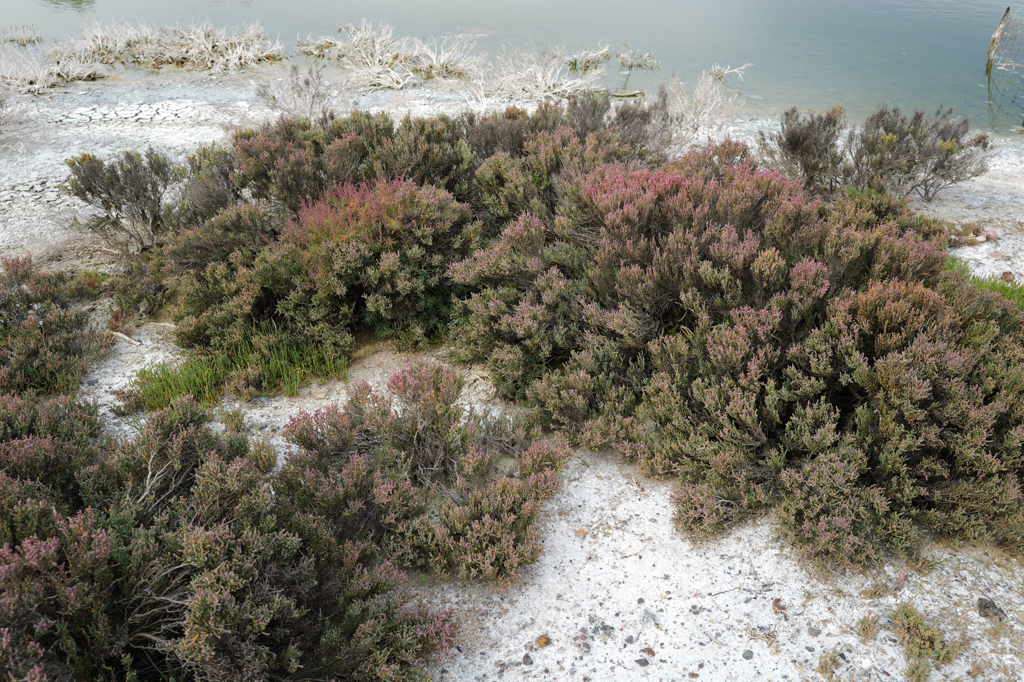
Yes – the salt lake has turned pink on several occasions – always when water levels are low, temperatures are high and the water is hyper saline – so salty that birds generally stay clear.
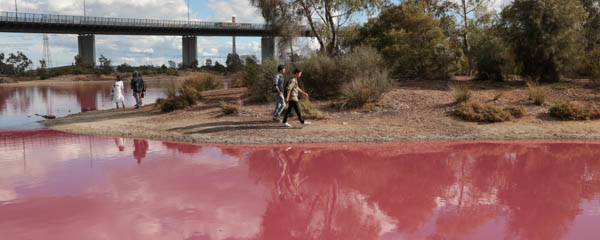
Sampling by wetland ecologist, Joan Powling, shows that the explosion of colour in the Salt Lake is made by a purple sulphur bacteria, probably Chromatium species, the cells of which are packed with sulphur granules.
And it may be improving the environment!
More information on saltmarsh here.
4 Nov bird survey

The park is becoming very dry after little or no rain over the last 2-3 weeks, but the water in all the main water bodies – large freshwater lake, saltwater lakes, dam and Horseshoe Lake remain at a high level.
Although the Rufous Whistler was the only unusual sighting today, there were a lot more seen during October including a Great Crested Grebe in the freshwater lake, covey of of elusive Brown Quail which were seen with 8 chicks crossing the walking track alongside the container terminal, a Common Sandpiper along the Yarra River, a Sacred Kingfisher reported twice during the month and a White-necked Heron.
Ursula Dutkiewicz observed on an earlier visit a large mob of Noisy Miners by the Large Freshwater Lake. Hopefully this does not happen frequently as smaller birds could be driven off by too much Noisy Miner intrusion and activity.
On the night of Sunday 3 November vandals lit a fire alongside the entry track. Apparently, it was quickly extinguished, as there were no hotspots the next morning when the survey team arrived.
Animals that made their way to Westgate Park
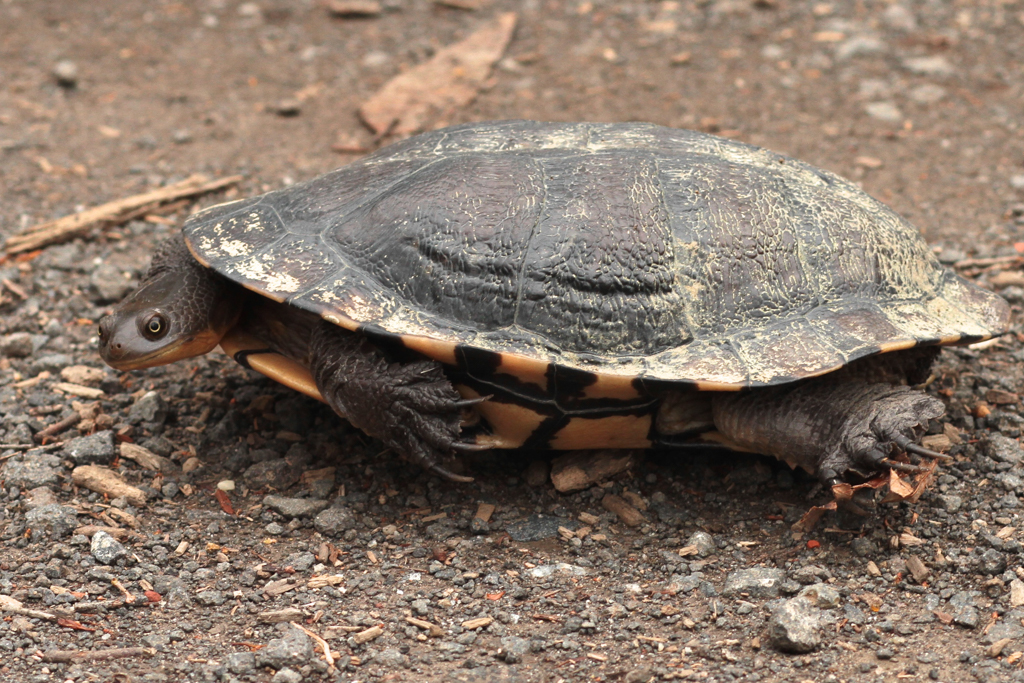
25 years ago Westgate Park had little vegetation and few animals but the work by volunteers in growing and planting ~300 species and hundreds of thousands of indigenous plants over this time has created an extraordinarily diverse habitat for animals.
To date 177 species of birds have been recorded in our monthly bird surveys. Some birds, like the little Superb Fairy Wren and the Black Swan, are resident and breed in the Park, others are frequent or occasional visitors and some migrate annually to northern climes.
We have also observed many skinks, lizards, turtles, yabbies, snakes, frogs, possums, microbats, flying foxes and ~100 species of insects and spiders – all part of what is now a very biodiverse habitat. Here’s a sample:
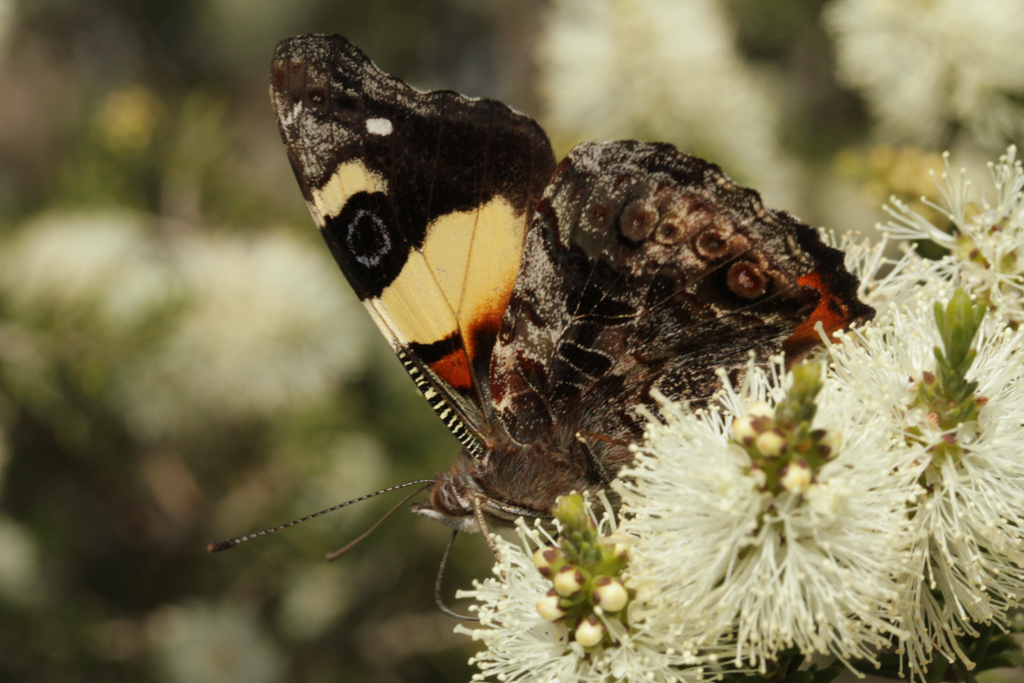
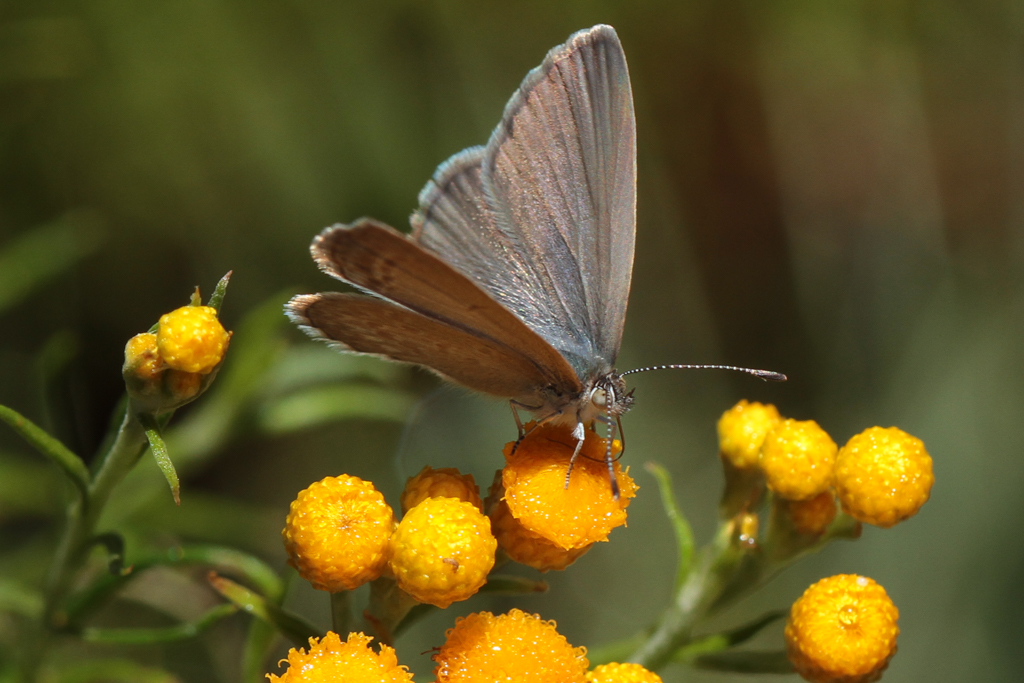

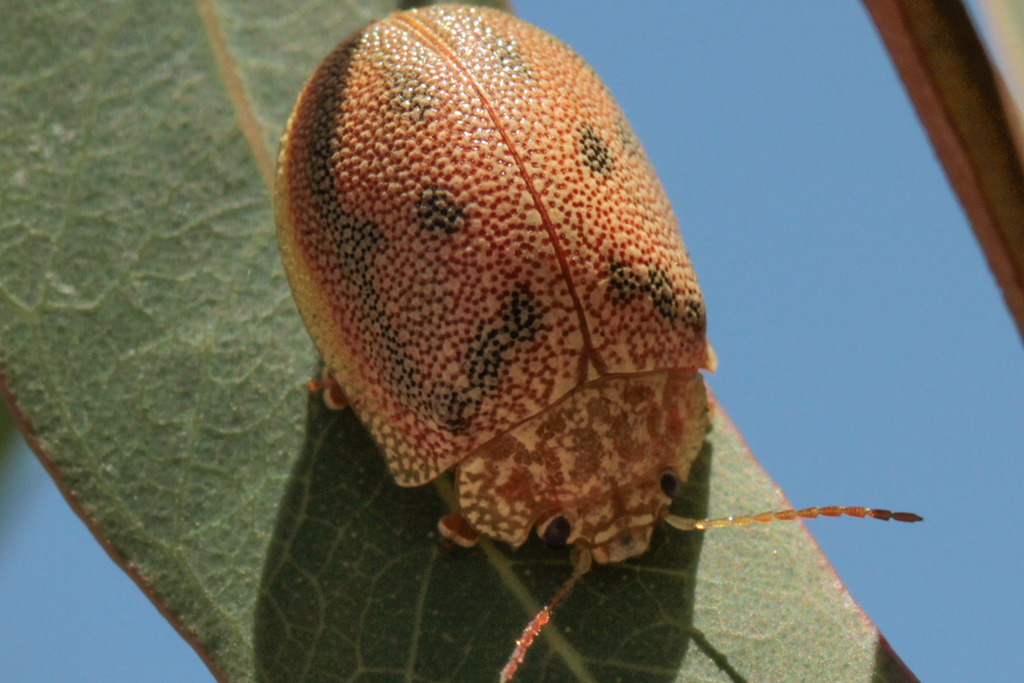
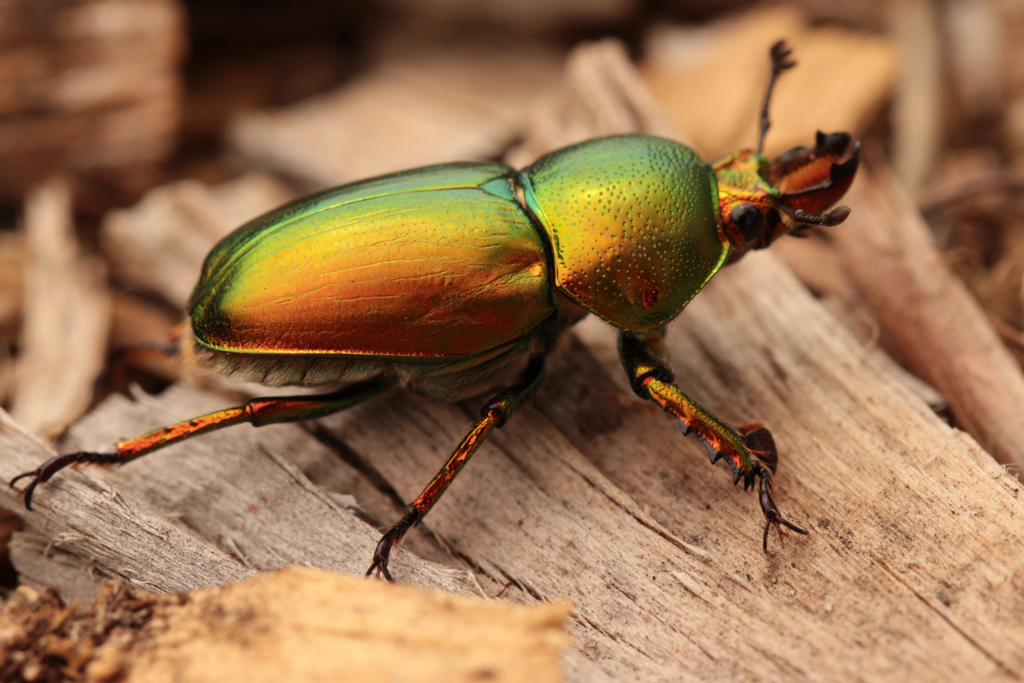
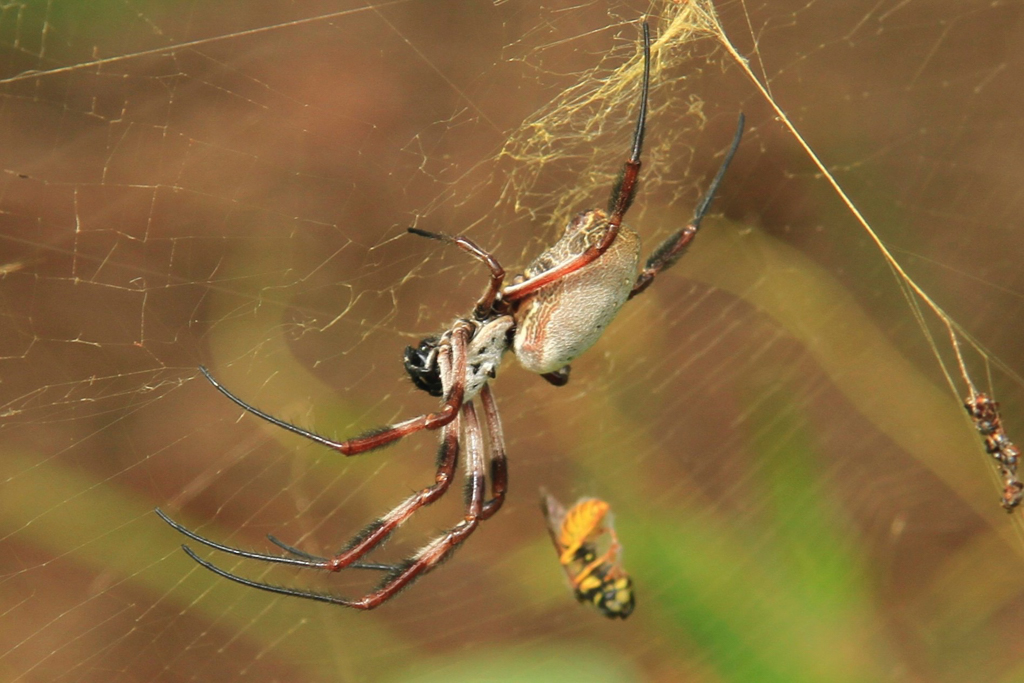
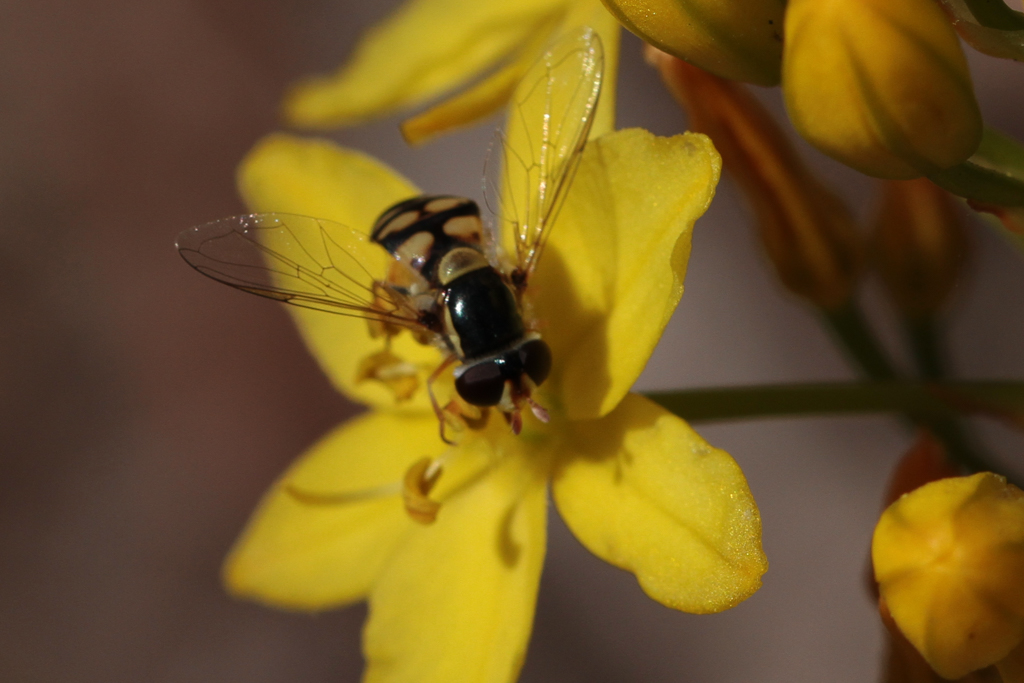
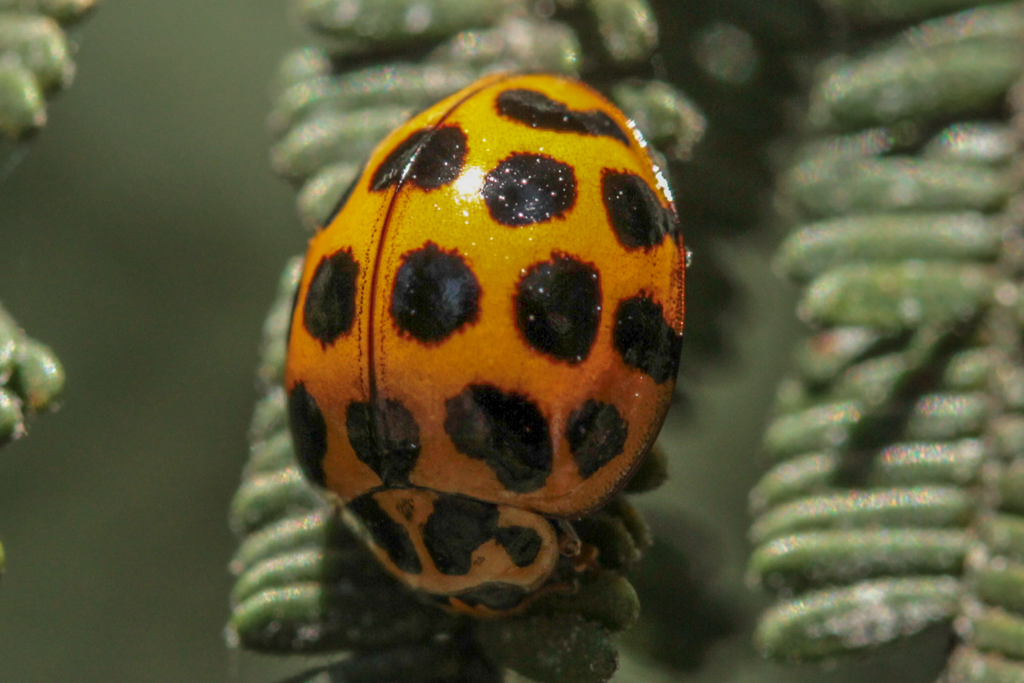
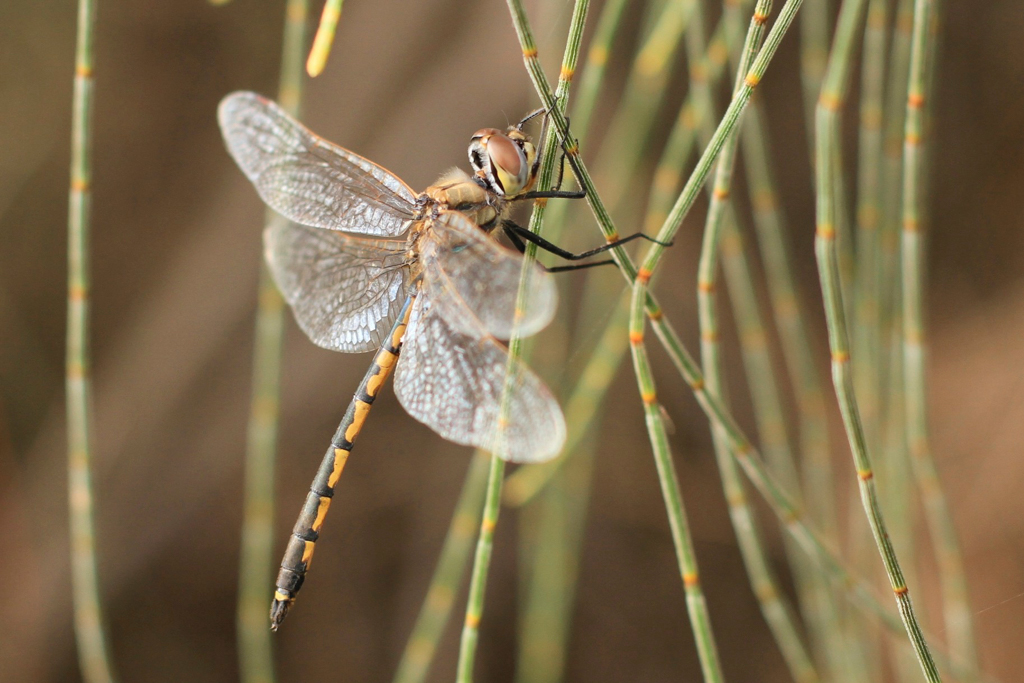
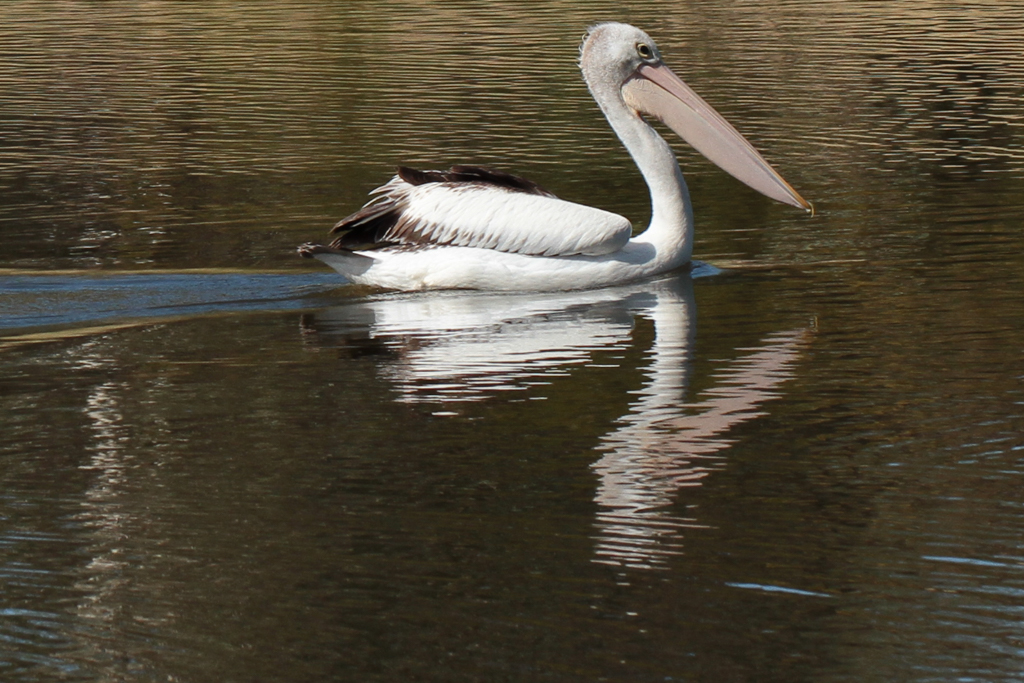
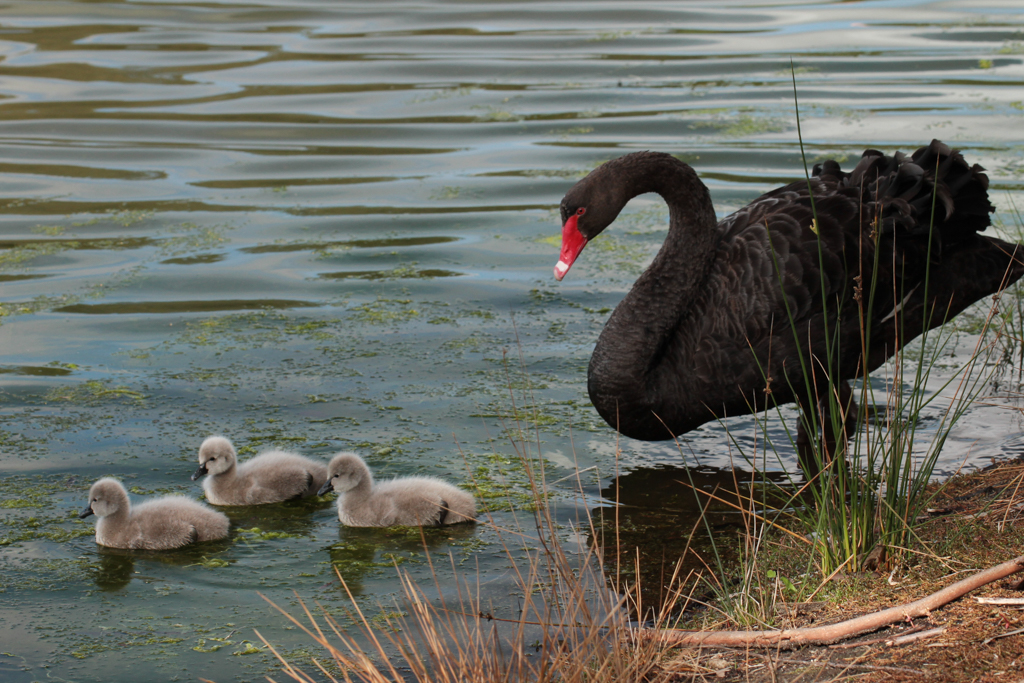
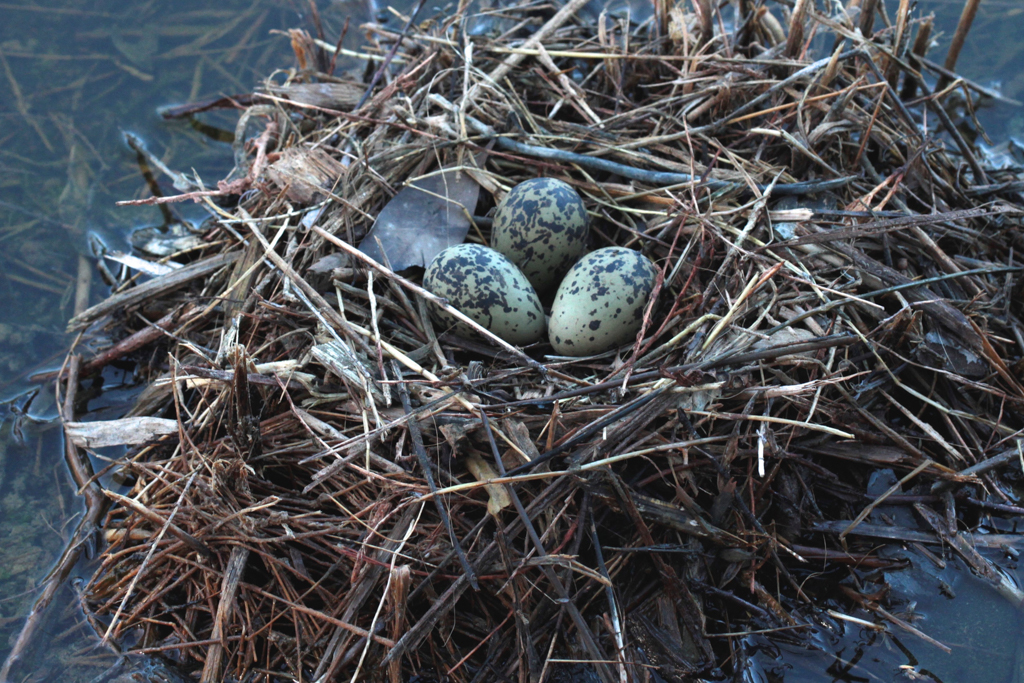
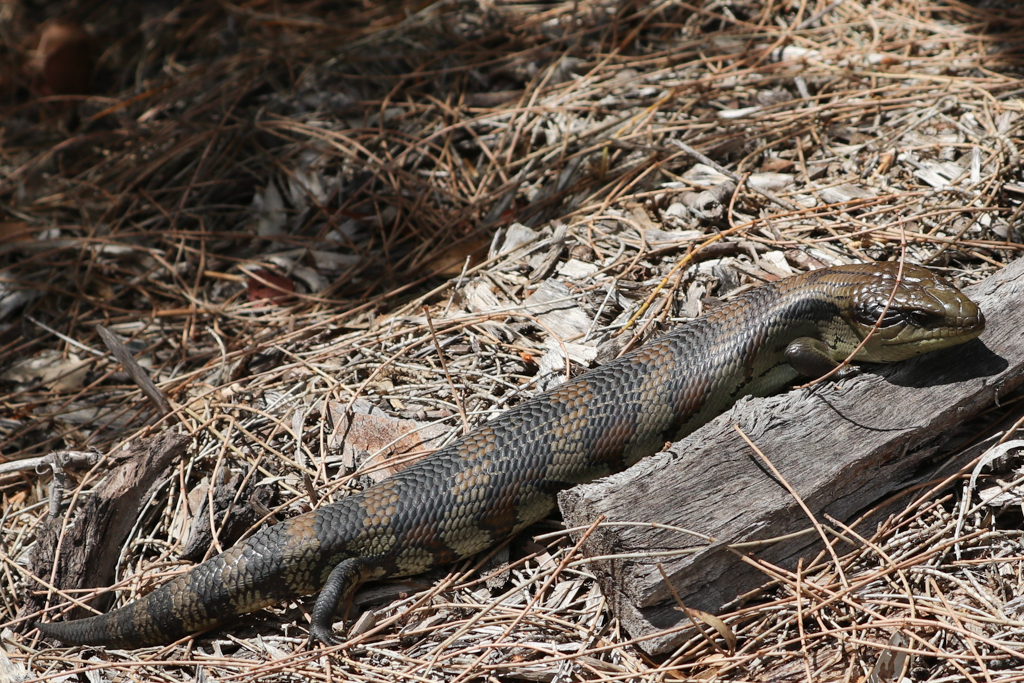
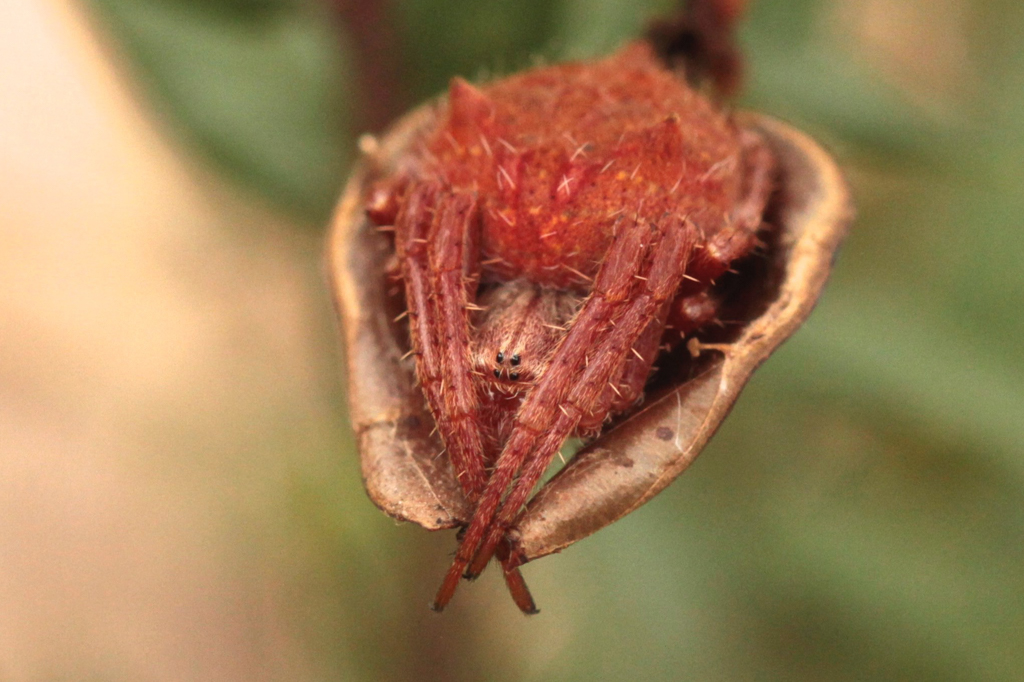
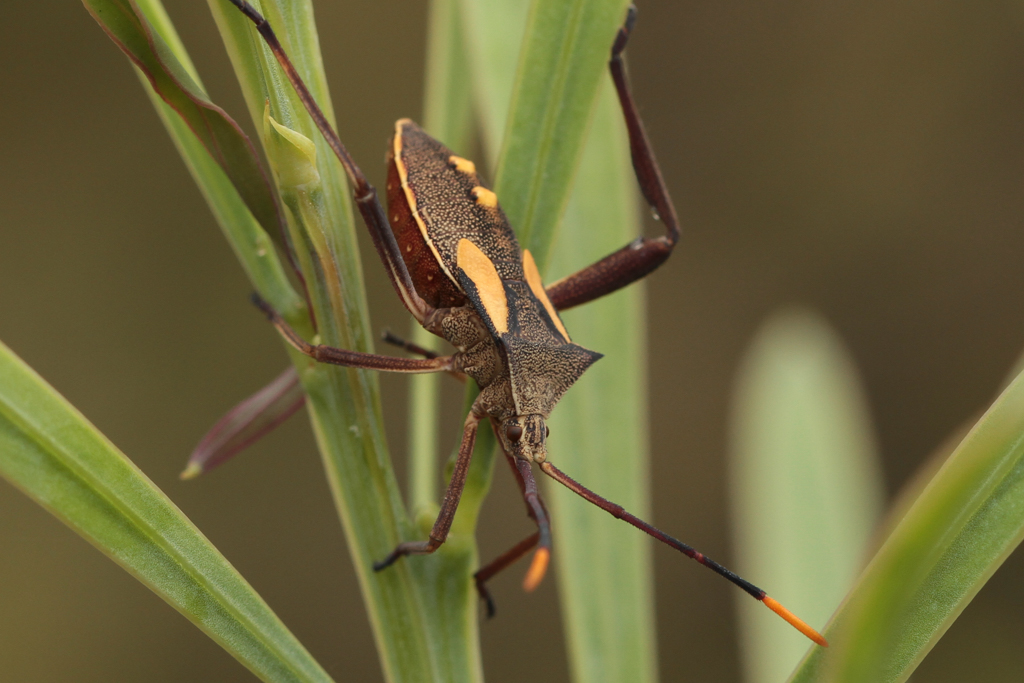

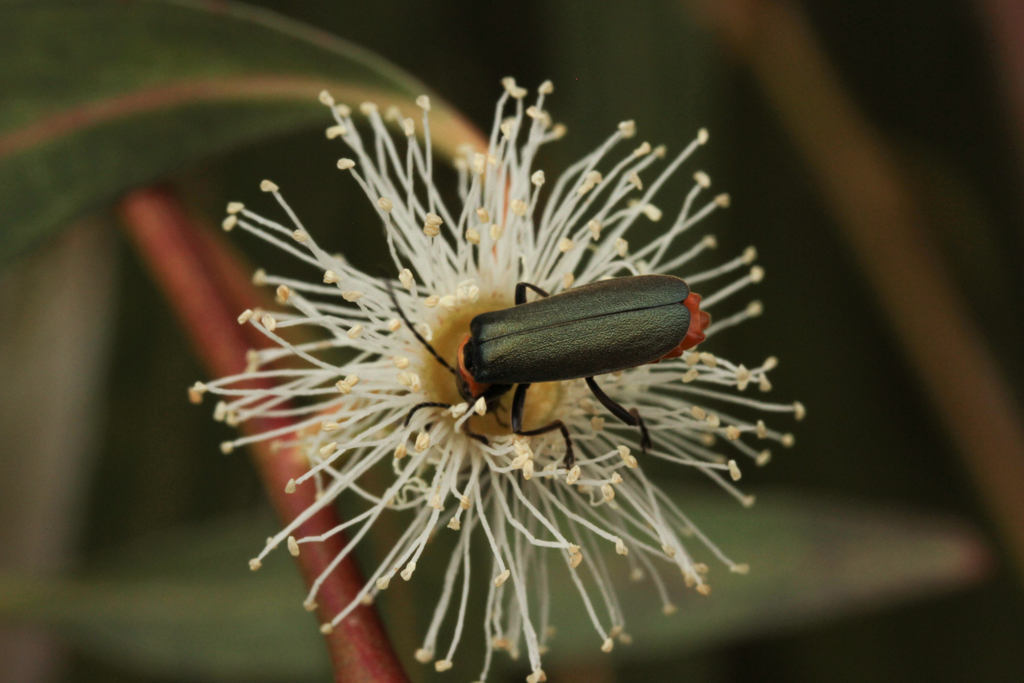
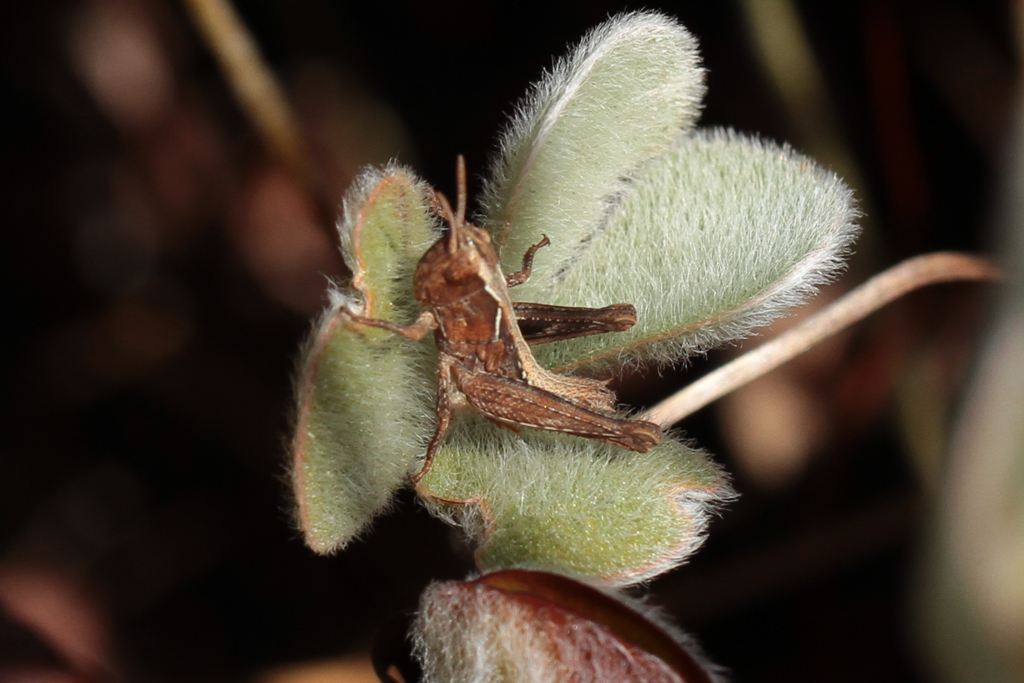
Citizen science – projects

It is important to us to be involved in projects that advance our knowledge of the natural world, from the perspective of Westgate Park and the Melbourne region.
Nest boxes for microbats and hollows nesting birds
This project, was funded in 2023 by DEECA and Melbourne Water to provide nest boxes (50) for microbats and hollows nesting birds, recognising that natural hollows in large trees are unlikely to form for some time. We monitor these boxes, recording what’s in them in the warmer months and track microbat echolocation calls after dusk. So far we have only recorded the Gould’s Wattled Bat but experience tells us it may be some time before the boxes are occupied. This project is ongoing and if you would like to join the microbat/bird box team let us know here.
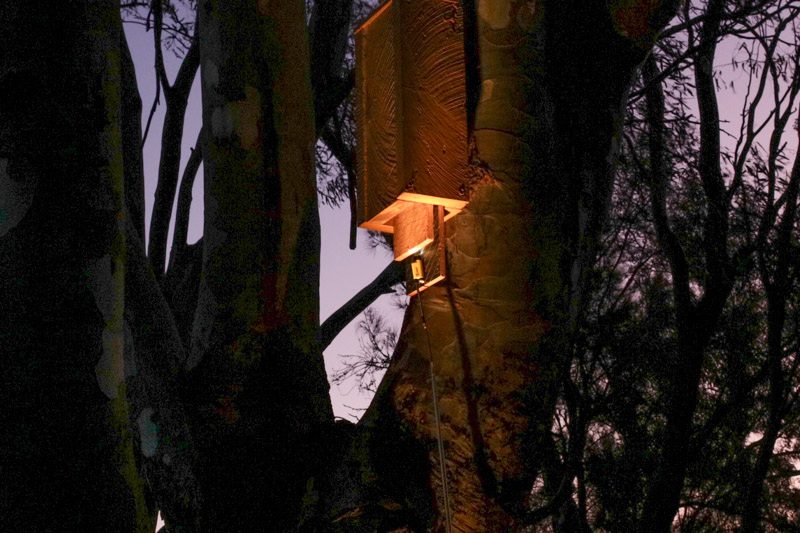
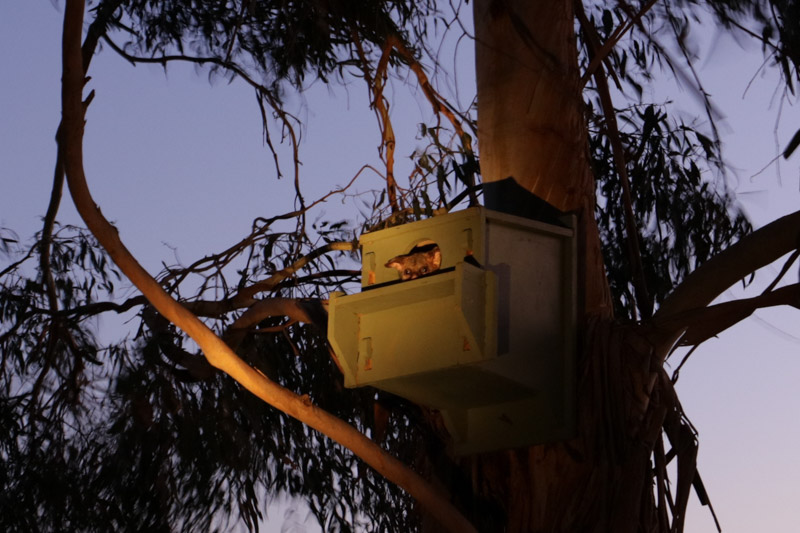
Raising Rarity
Our team is working with Cranbourne Botanic Gardens to grow the critically endangered Xerochrysum palustre – Swamp Everlasting. Cuttings from this daisy will be collected from wetlands at Gisborne Racecourse and a site in Pakenham.
Leucochrysum albicans var. tricolor is also a paper daisy but it too has undergone a substantial decline in range and abundance. Populations are small, highly fragmented, and threatened by weed invasion. It grew in Westgate Park for some years before being overcome by weeds. This year we will take on the survival of this daisy too. Provenances will be held separately and cross-pollinated in the future.
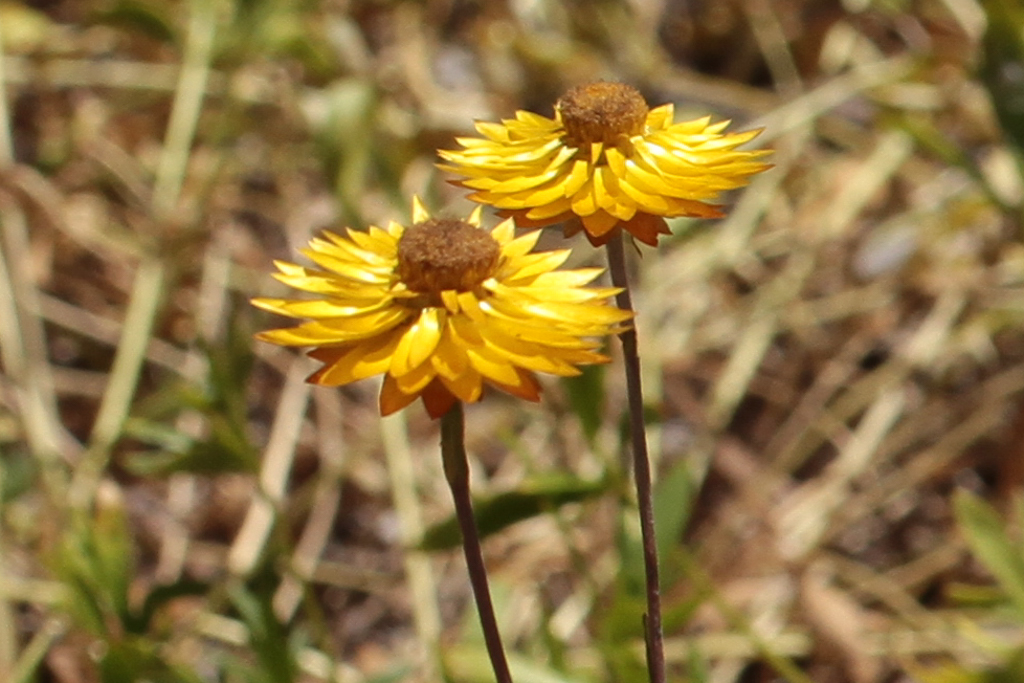
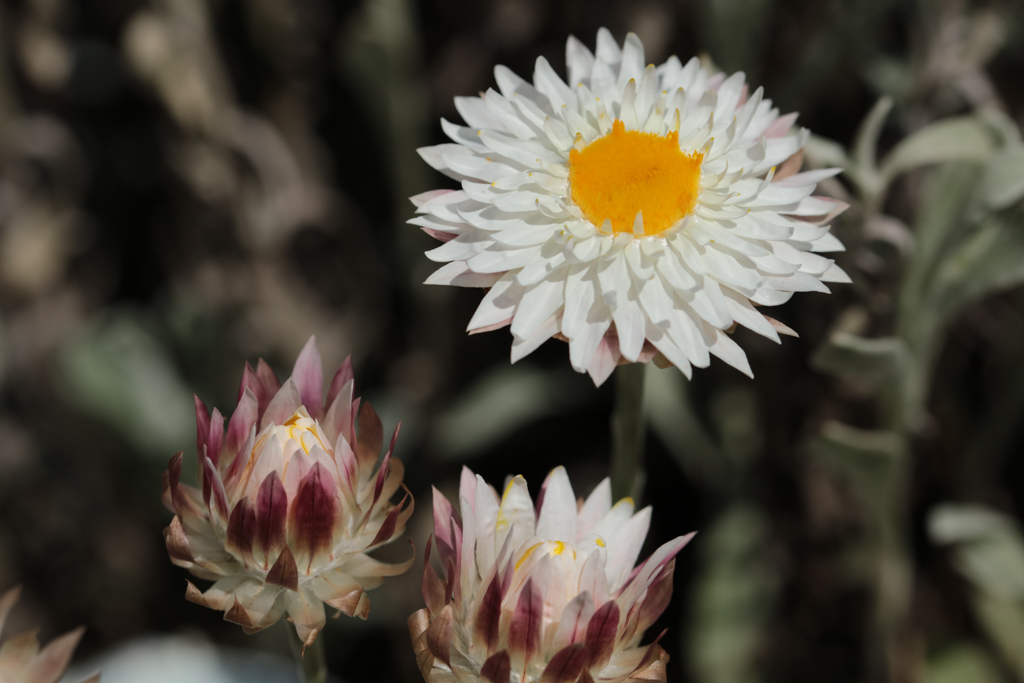
Western Plains Grasslands
Grasslands in urban areas are now critically endangered. This project will establish an assisted (irrigated & maintained), drought-proof grassland in Westgate Park. Our aim is to conserve threatened and critically endangered grassland species. The project will involve a diverse range of people in the understanding and importance of ecosystems and the survival of species threatened by development.
The intended outcome is a functioning, endangered species seed orchard and living Ark. Successes are to be measured by natural species self-replication, the arrival of fauna using habitat created and the seed collected to be available to other interested bodies.
Mown pathways will meander through the grassland allowing close-up observation. Signage will assist visitors in identification. Future scope includes sculpture as habitat and an ephemeral pond for fauna. The grassland will be multifunctional with education and conservation our main focus.
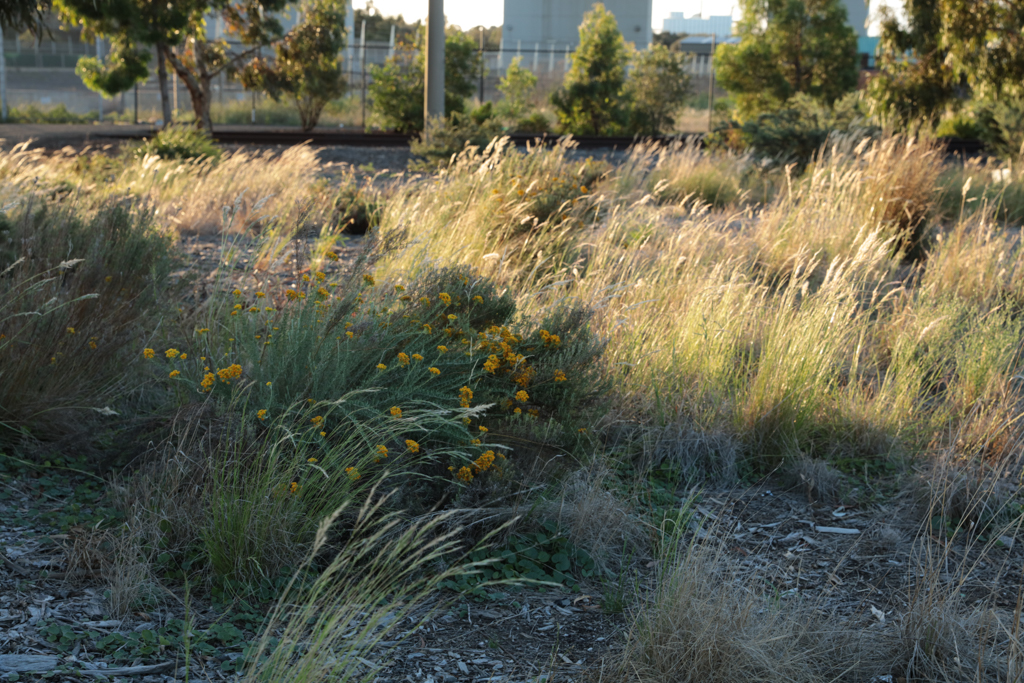
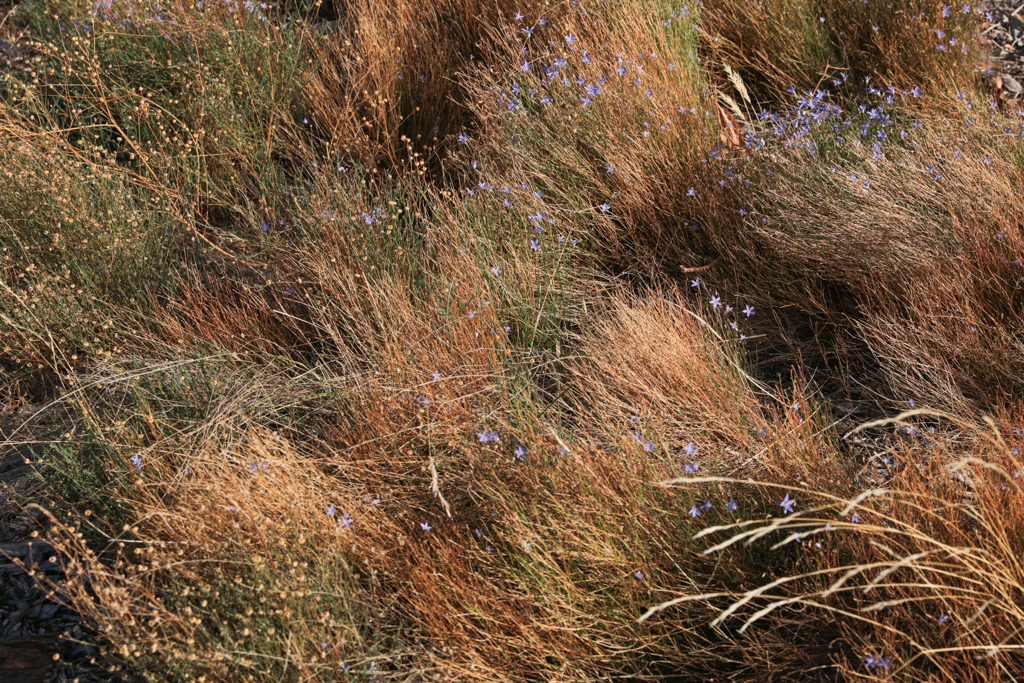
The Heart Gardening project
We work closely with Emma Cutting, founder of the Melbourne Pollinator Corridor and Heart Gardening Project helping to create over 100 street gardens with ~10,000 plants mostly supplied by Bili Nursery. The MPC aims to have an 8km long wildlife corridor for native pollinating species. It envisages 200 gardens that connect green patches along the Birrarung to Westgate Park and the Royal Botanic Gardens. See here.
The Pollinator Project
The first of its kind in an urban park – this two-year project began in 2017 – a collaboration with Dr Luis Mata at RMIT to research the interactions between plants and their insect pollinators. The RMIT research was assisted by the observations of citizen scientists – some of whom spotted interactions that surprised the researchers! The methodology developed by this project has since been used in several other park settings. It was funded by the City of Melbourne.
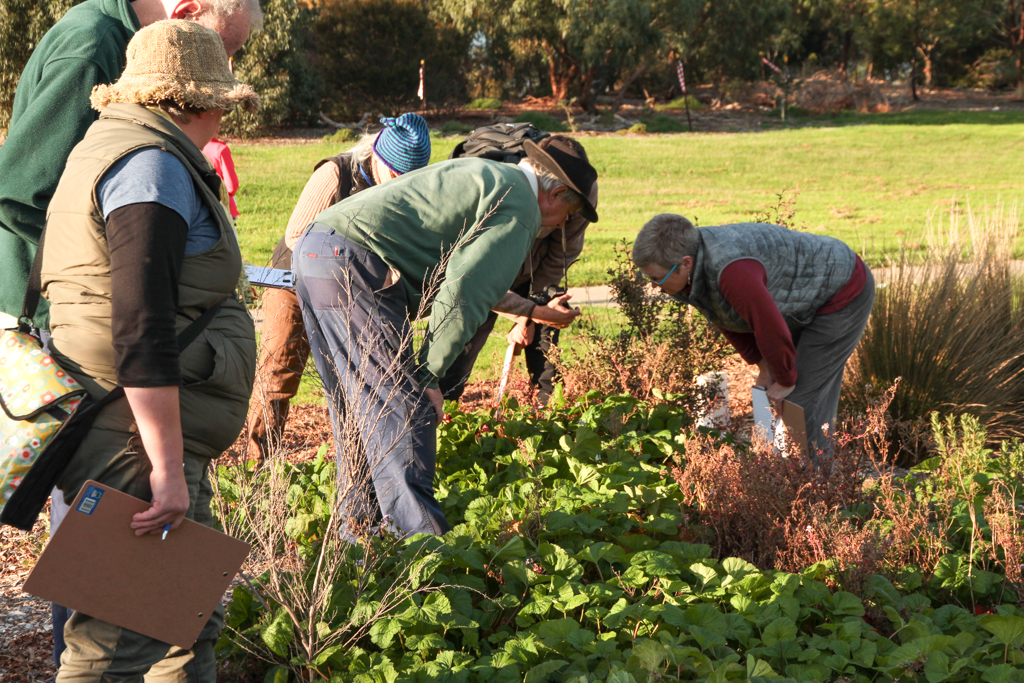

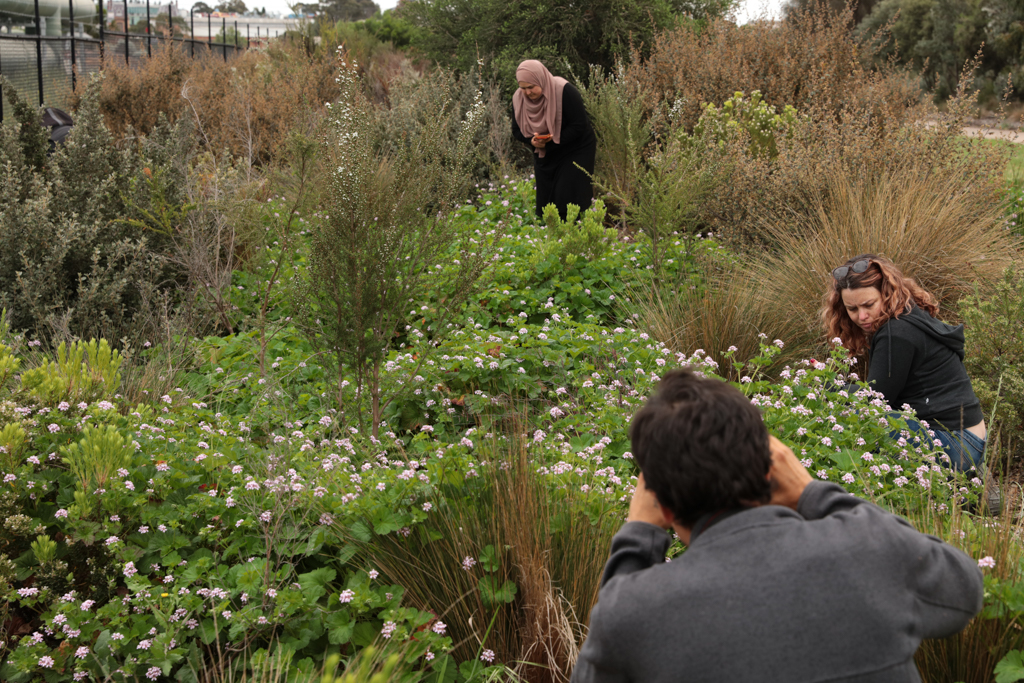
Westgate Park Project in iNaturalist
For many years we have been loading our observations onto iNaturalist – birds, plants, fungi, insects, reptiles and possums. We now have our own iNaturalist Project and if any observation is recorded in Westgate Park it automatically goes into out iNaturalist project.
Recording observations is an important method of understanding the natural environment and the changes taking place. So please, register with iNaturalist and take pictures of what you see in Westgate Park. Even if you don’t know the identity, iNaturalist identifiers can usually assist. Here’s where you start.
The Birrarung, wetlands, saltmarsh, woodlands and more to explore
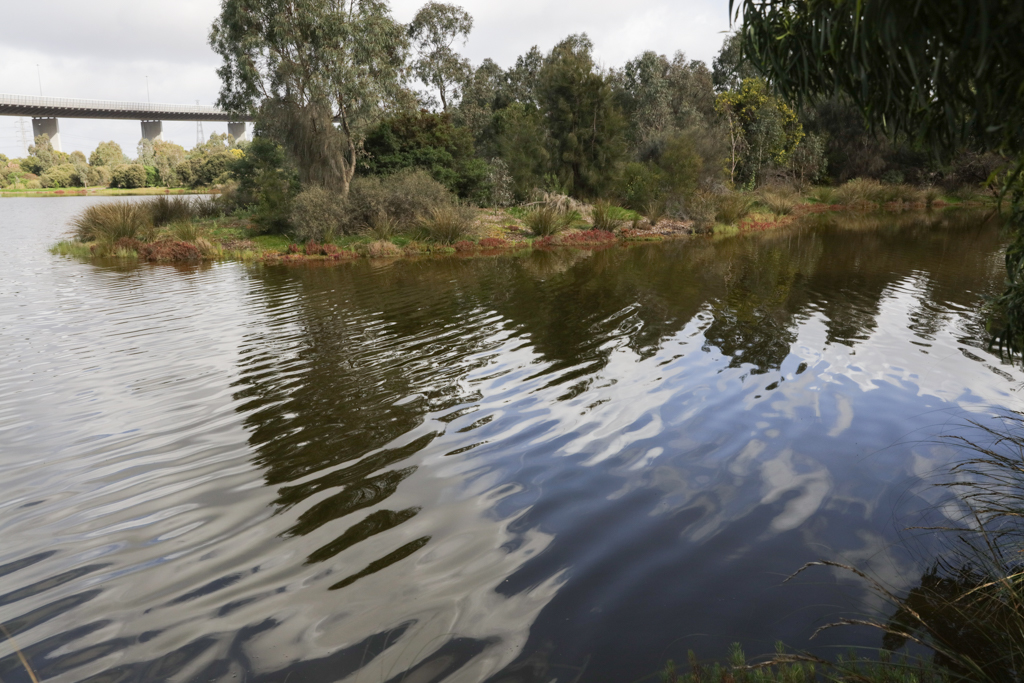
A narrow strip of Westgate Park runs between the Birrarung (Yarra River) and Lorimer Street. There are great views across to Williamstown and beneath the soaring bridge above. A punt operates for commuters. The river is saline at this point and a beach appears at low tide.
Volunteers planted into the steep rock walling along its 1km length. This is where you can see Coast Banksia plants and enormous ships sailing under the bridge.
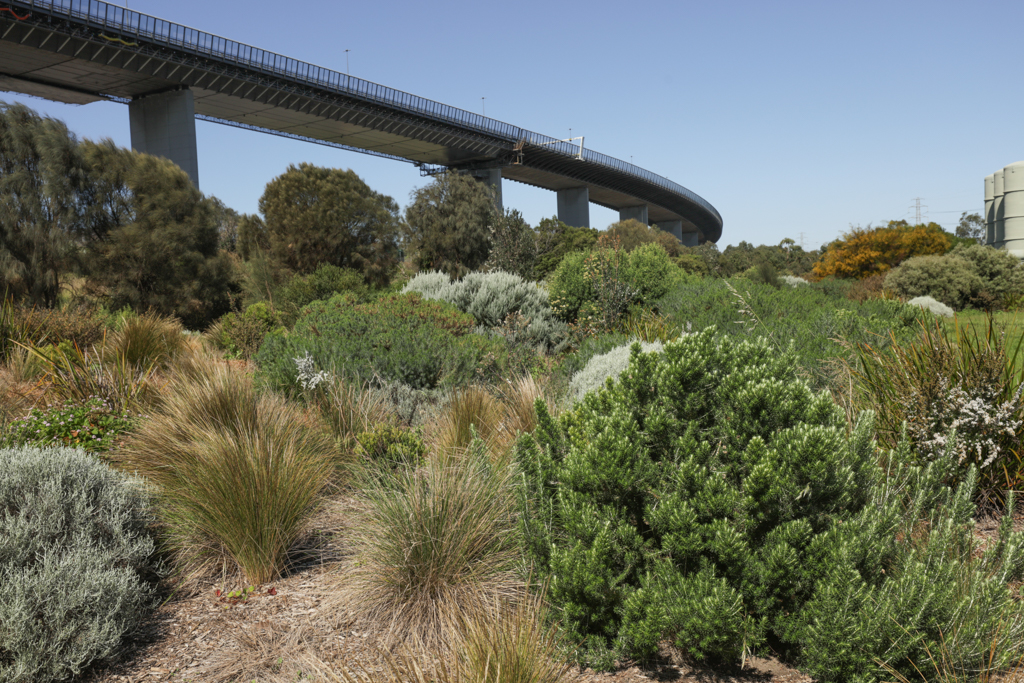
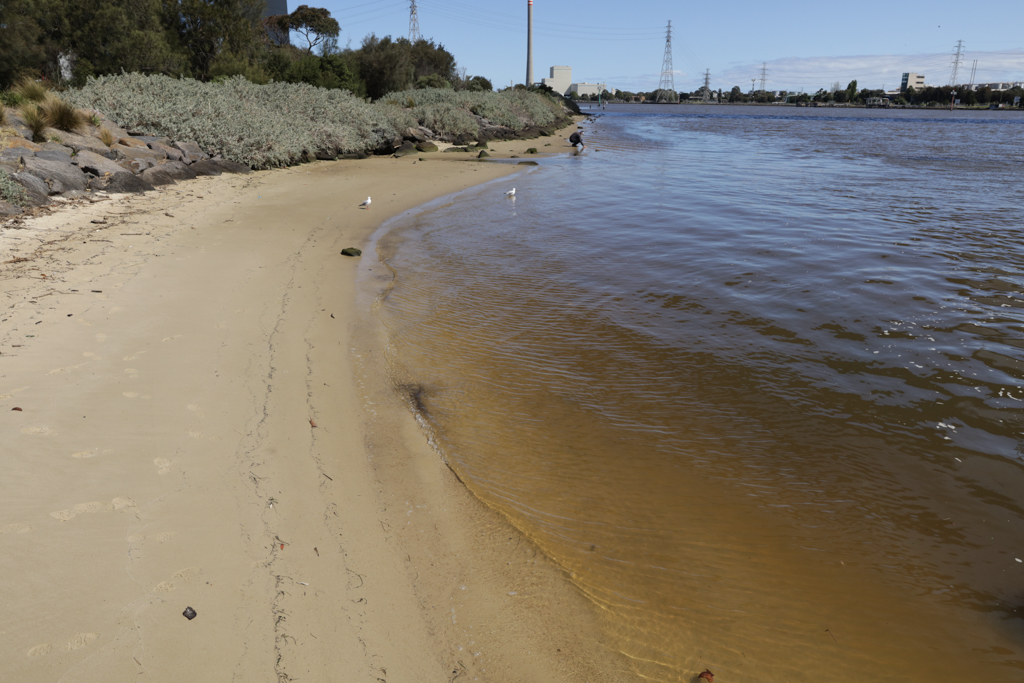
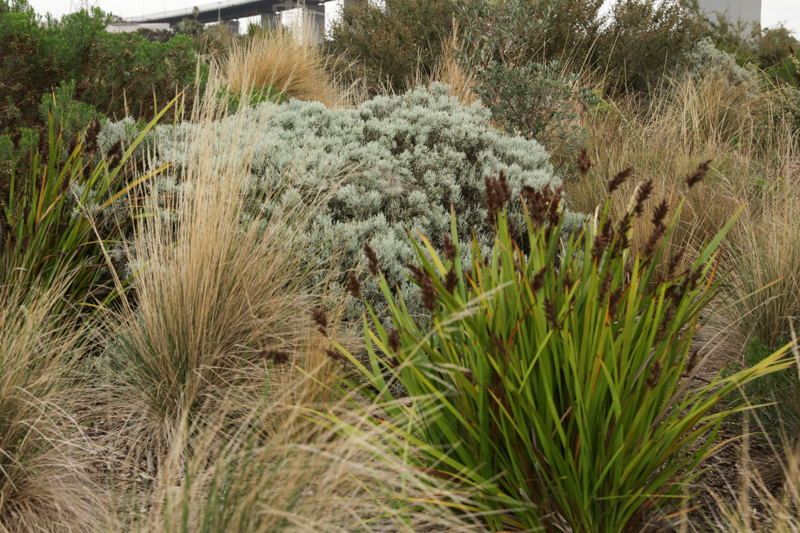
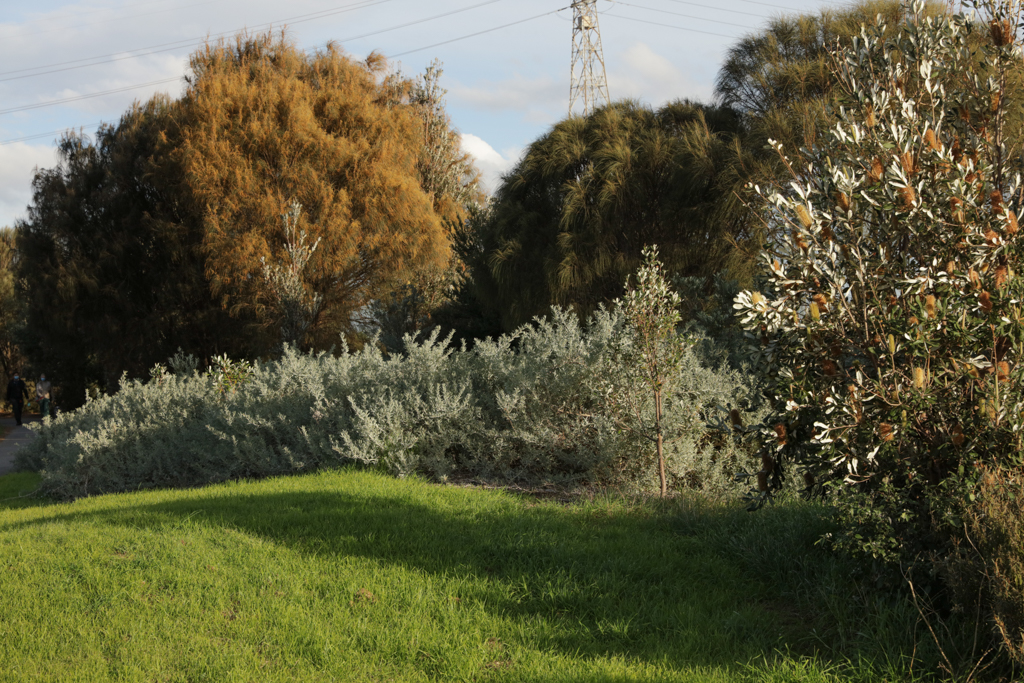
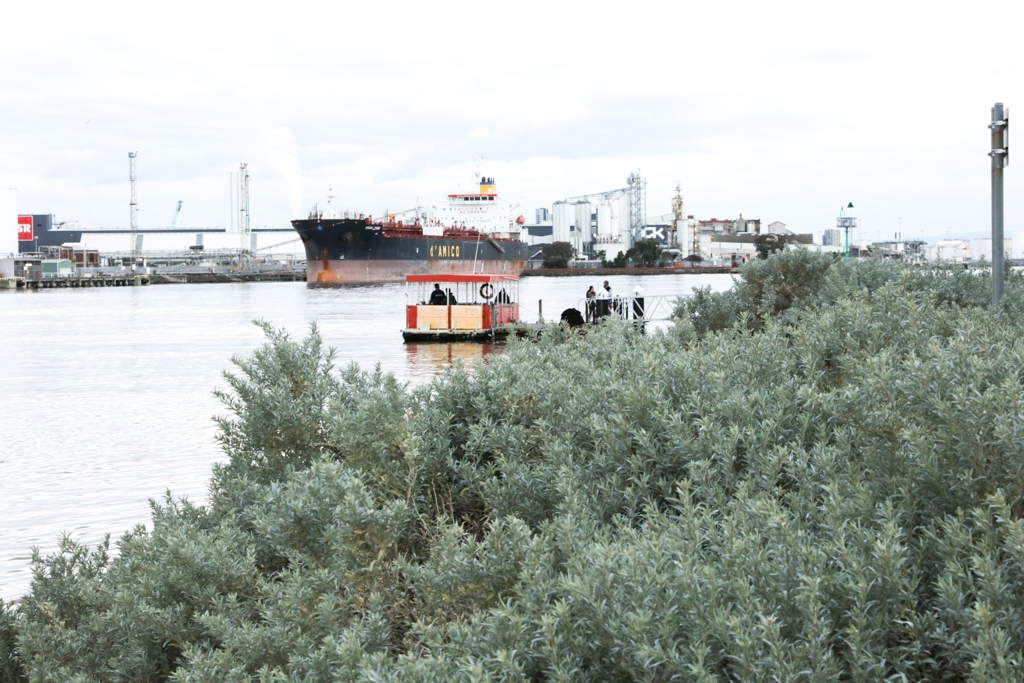
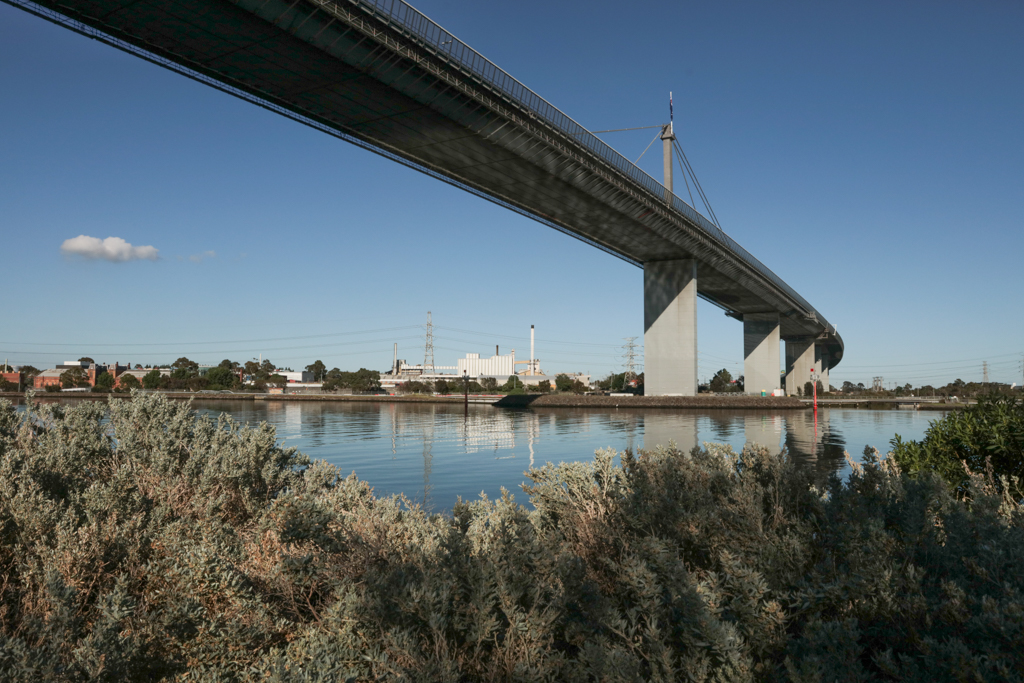

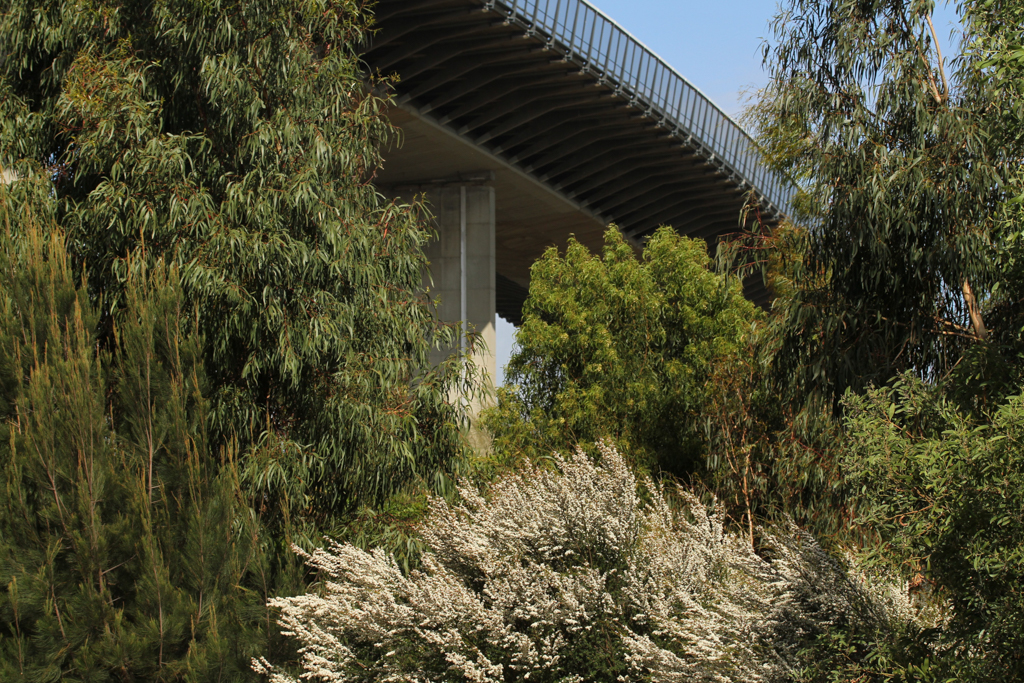
One third of Westgate Park is in wetlands – a large salt lake, a freshwater lake with a large island, a dam, lagoons and ephemeral ponds.
The freshwater lake is quite shallow but is good habitat for the many water-dependent birds – swans, ducks, coots, cormorants, spoonbills, grebes, pelicans, egrets, swamphens, stilts etc.
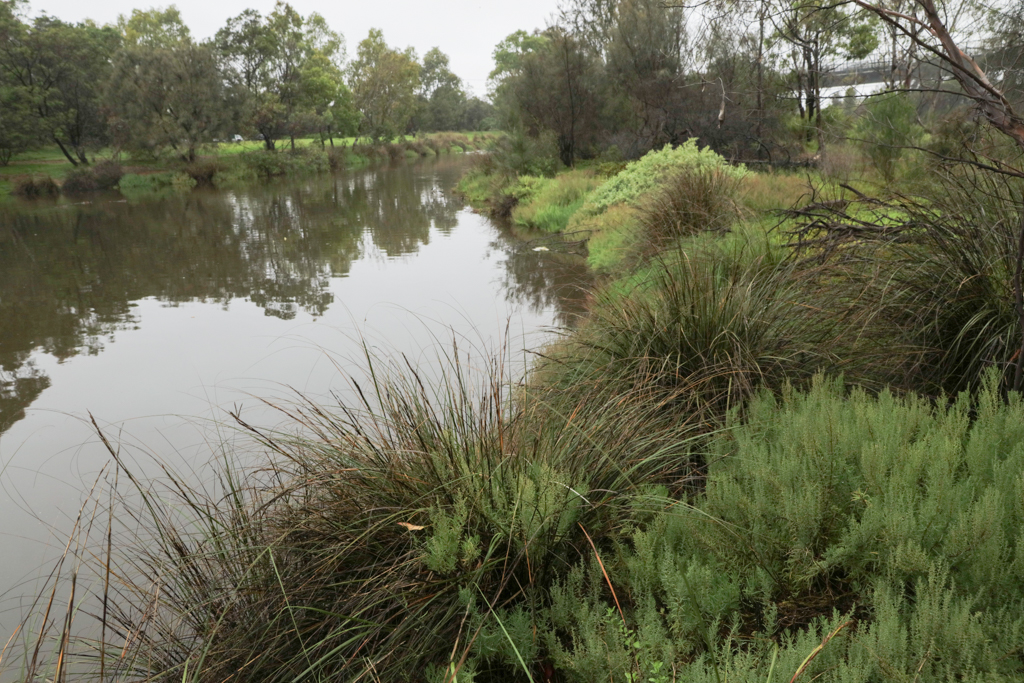
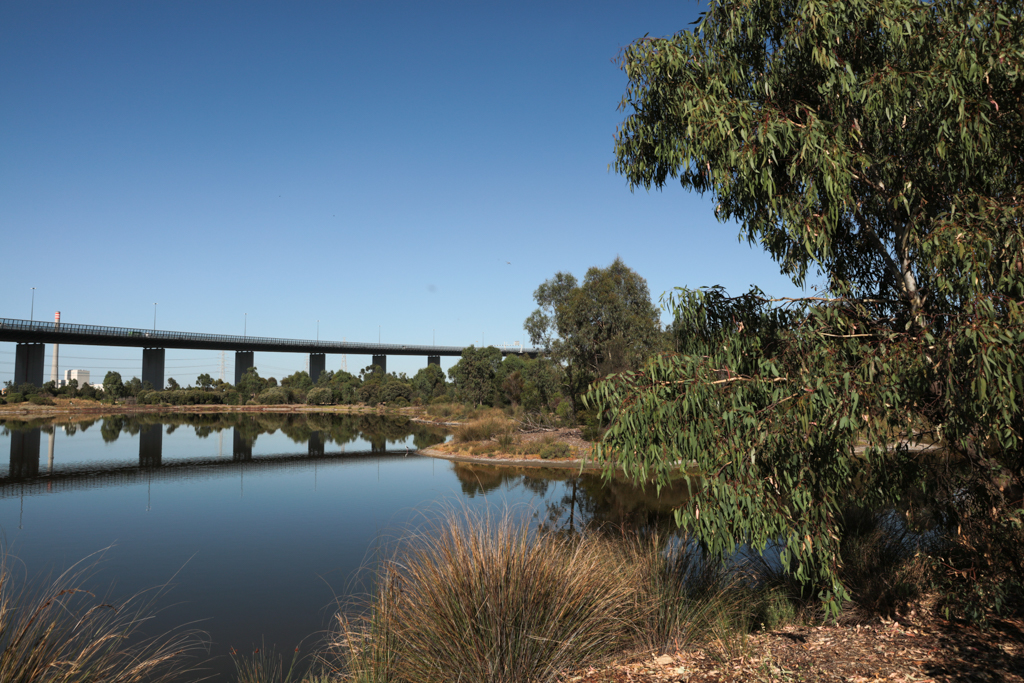
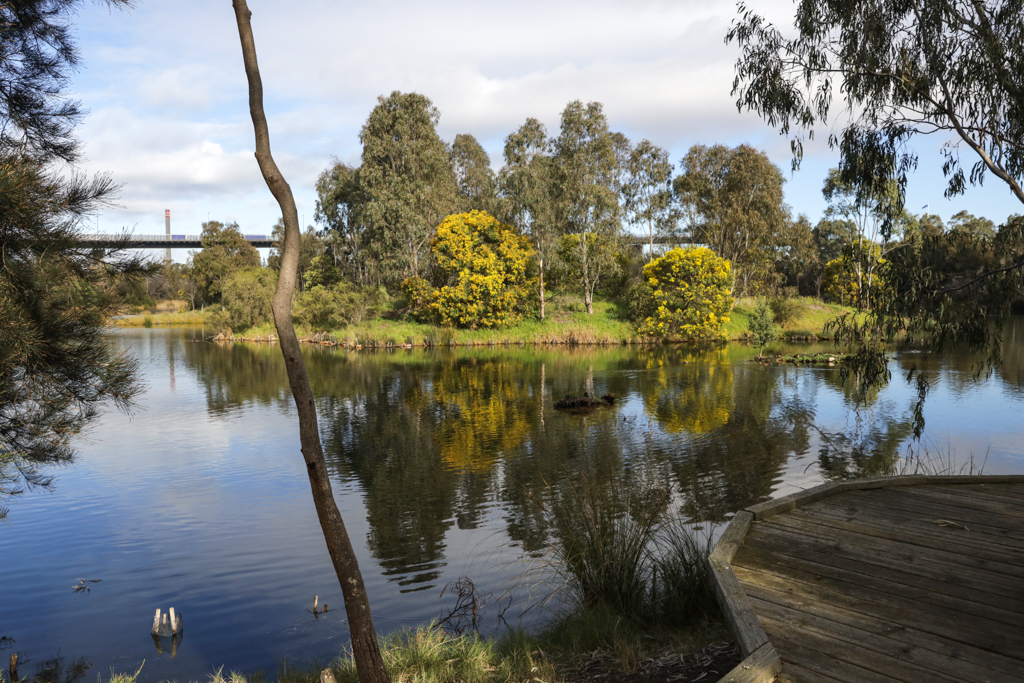
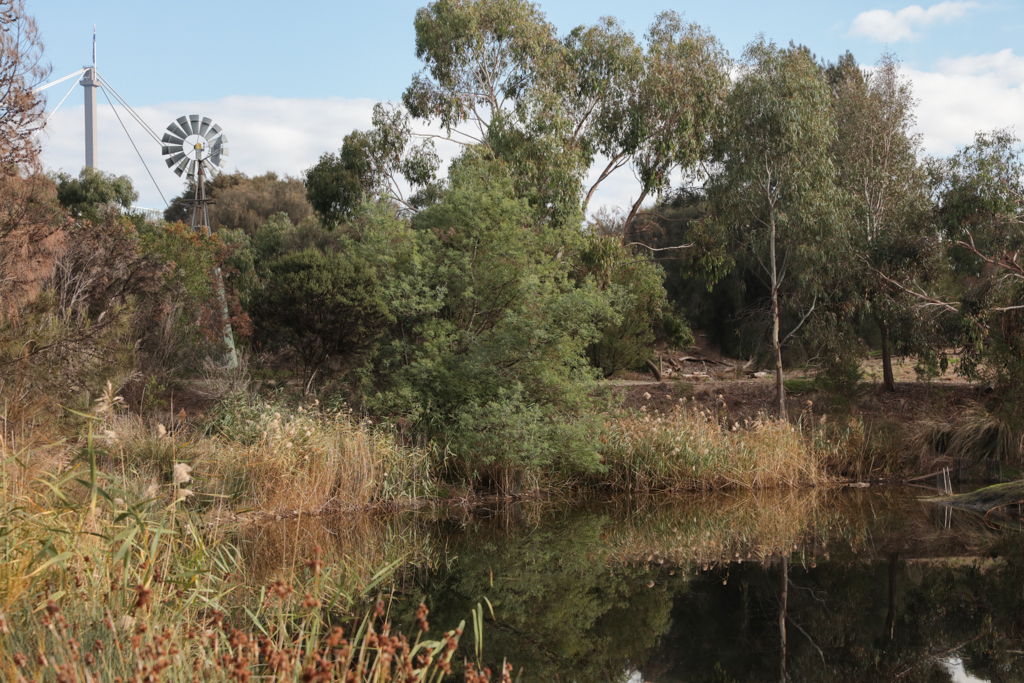
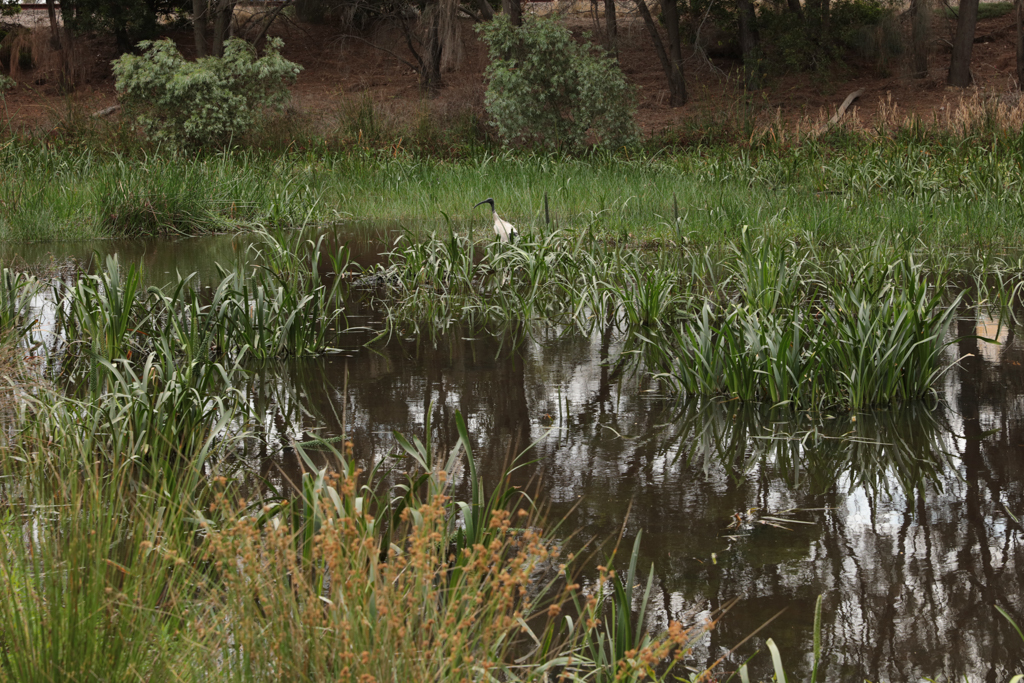
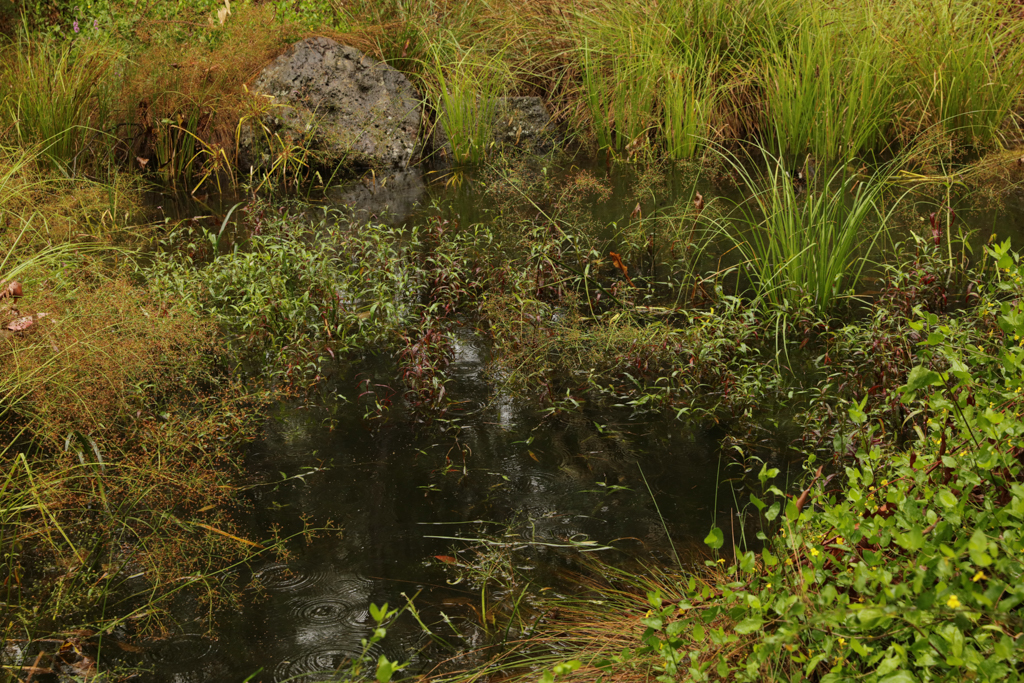
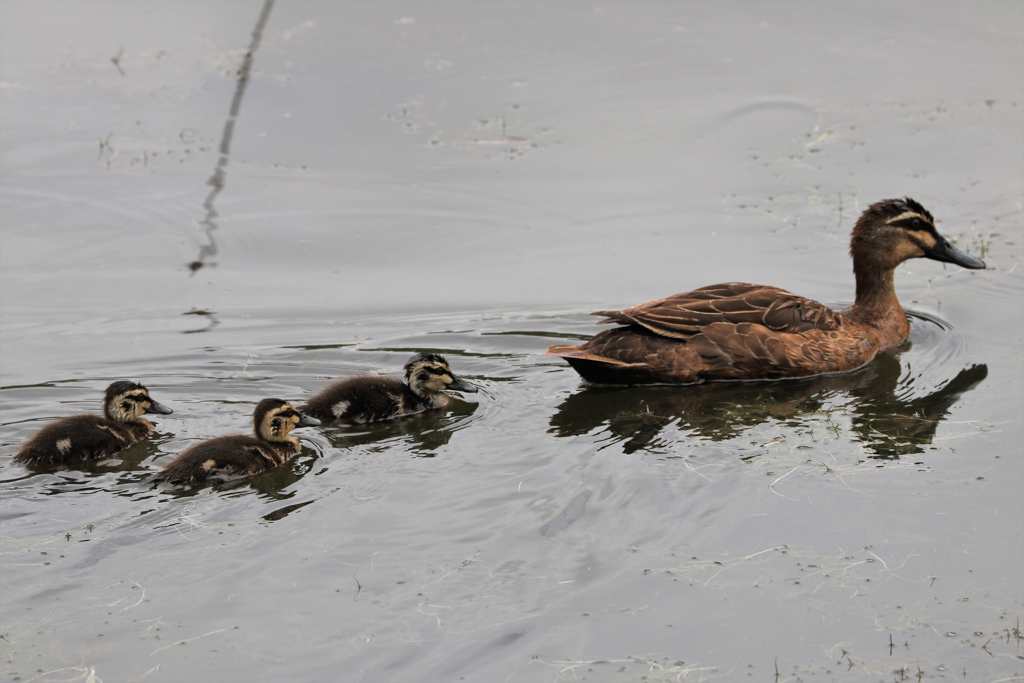

The salt lake is deep and sometimes turns pink when water levels are low and temperatures are high. The lake is fringed by saltmarsh plants, most of them succulents. We ask you to not walk around the salt lake because these plants grow slowly and are particularly vulnerable to trampling. Very occasionally water levels fall to reveal the hood of a salt-encrusted car!

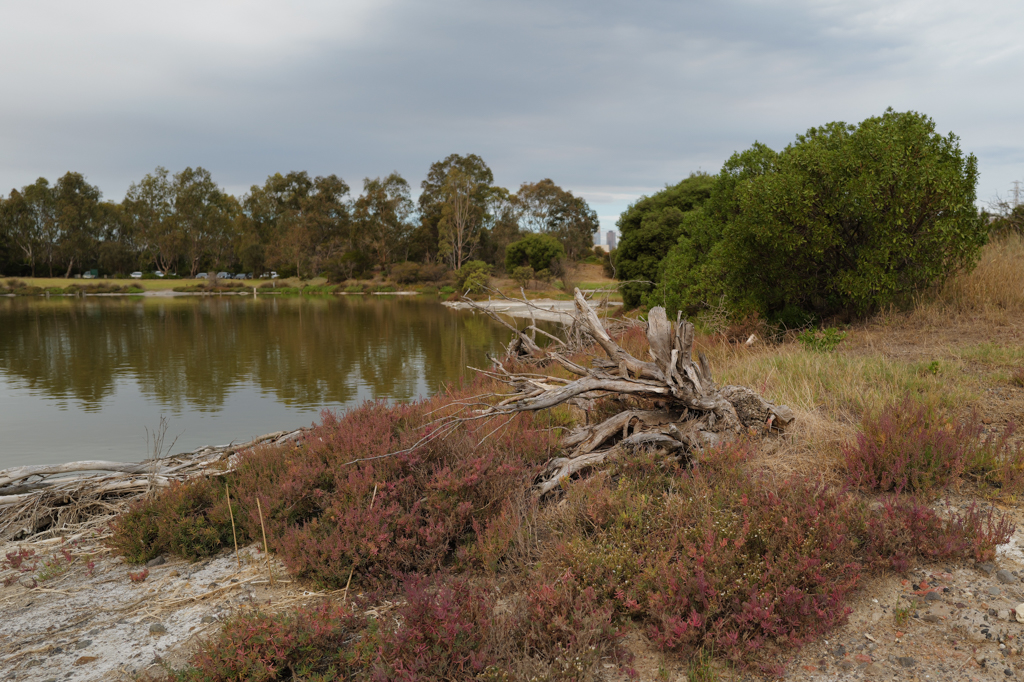
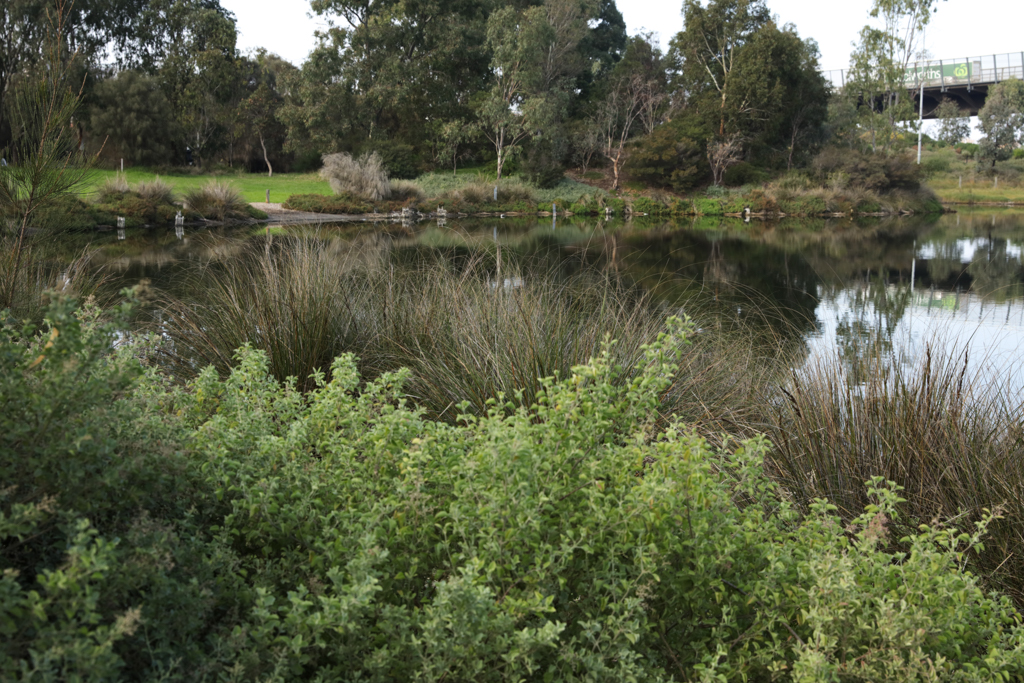
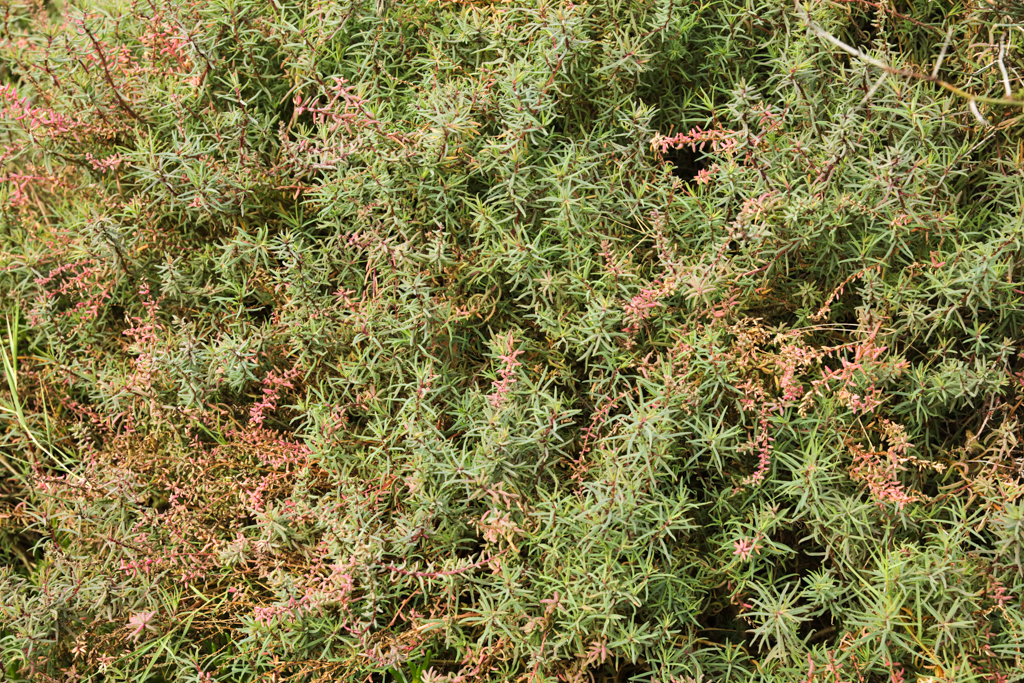
The eucalypts, including the grand Eucalyptus camaldulensis – Red River Gum, are woodland species planted in most sections of the park.
